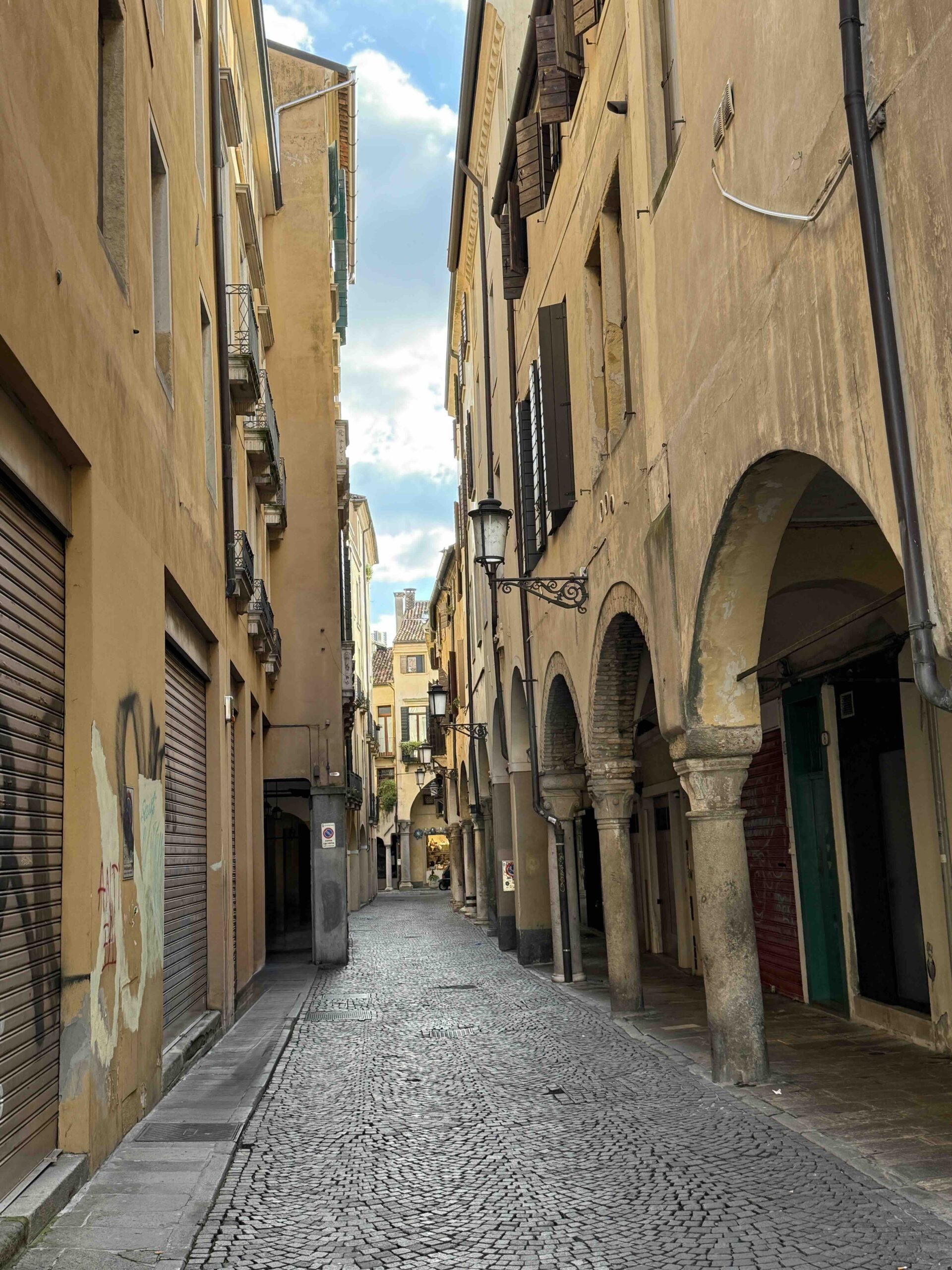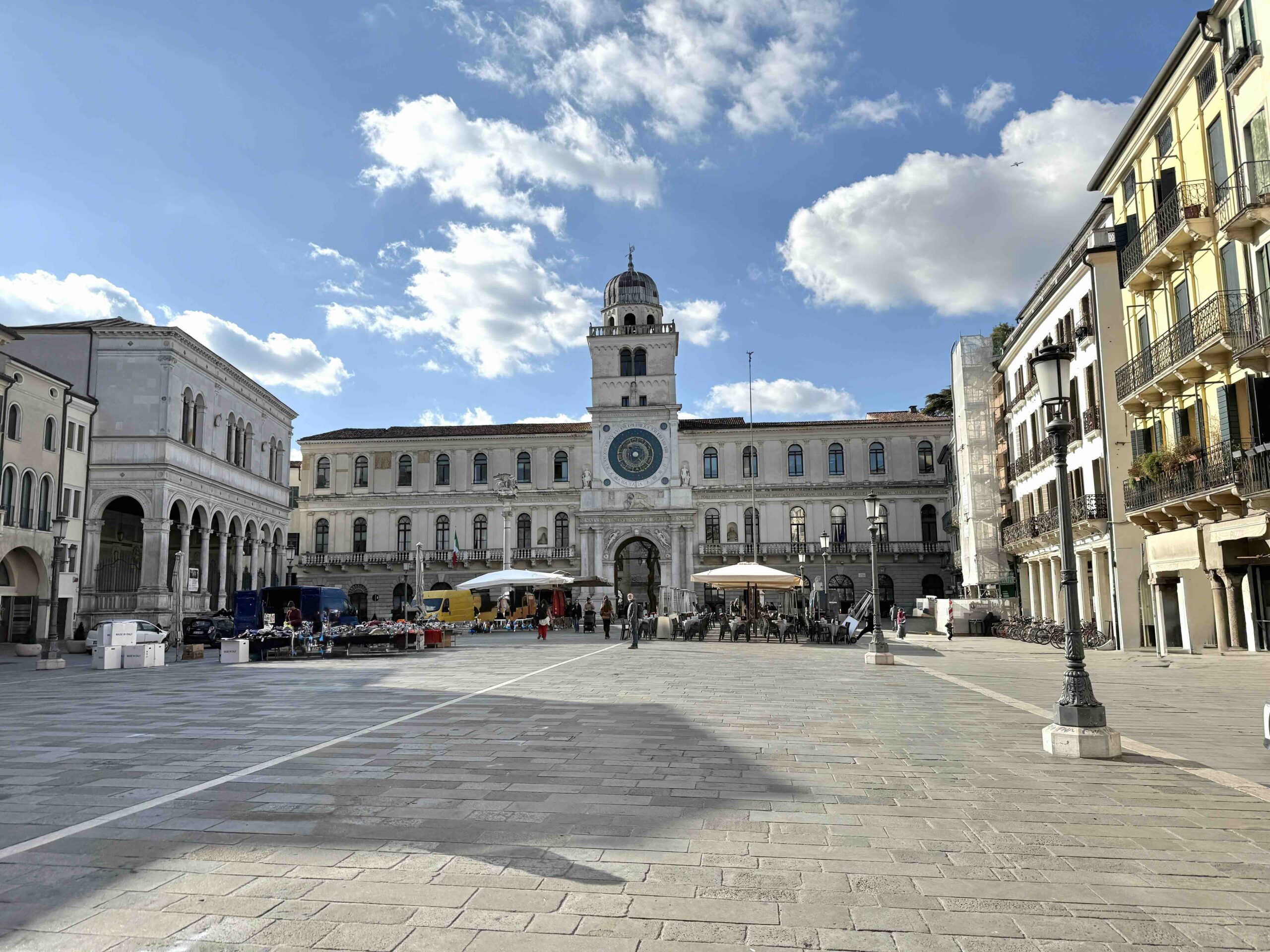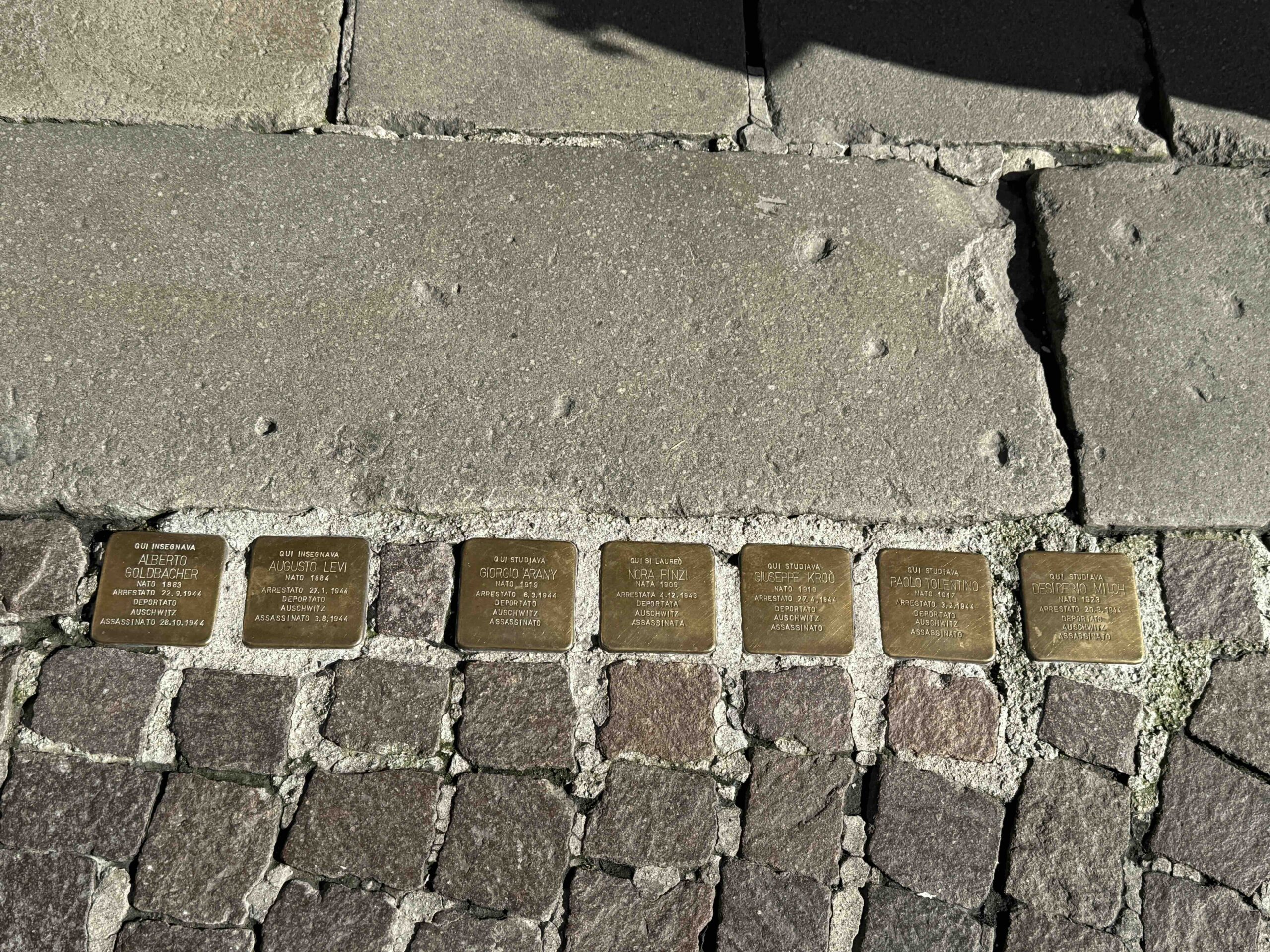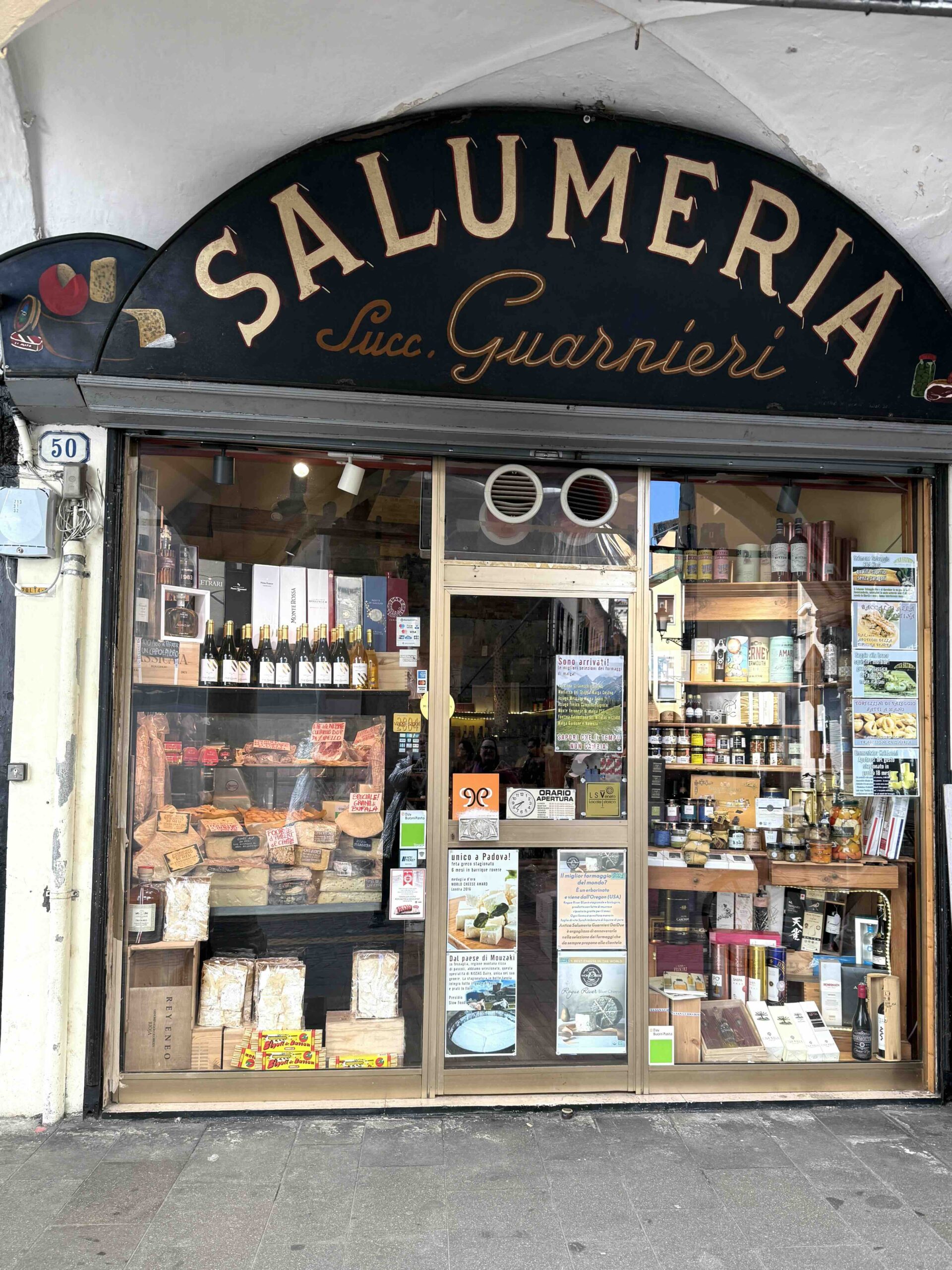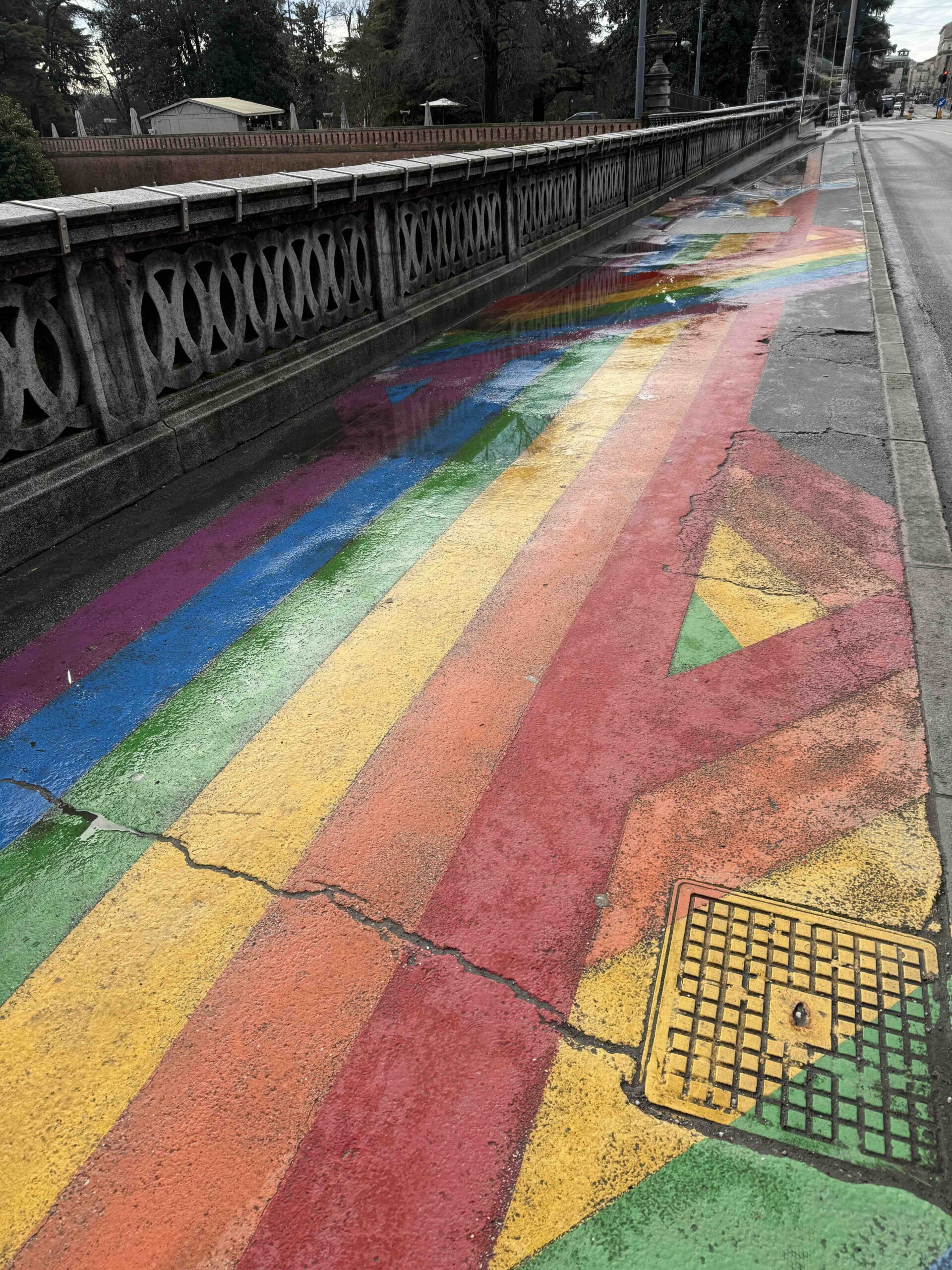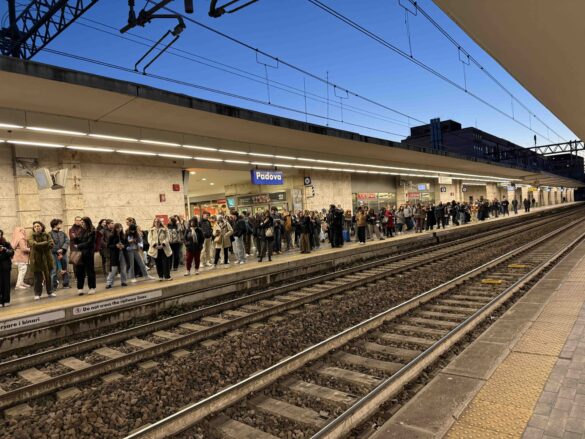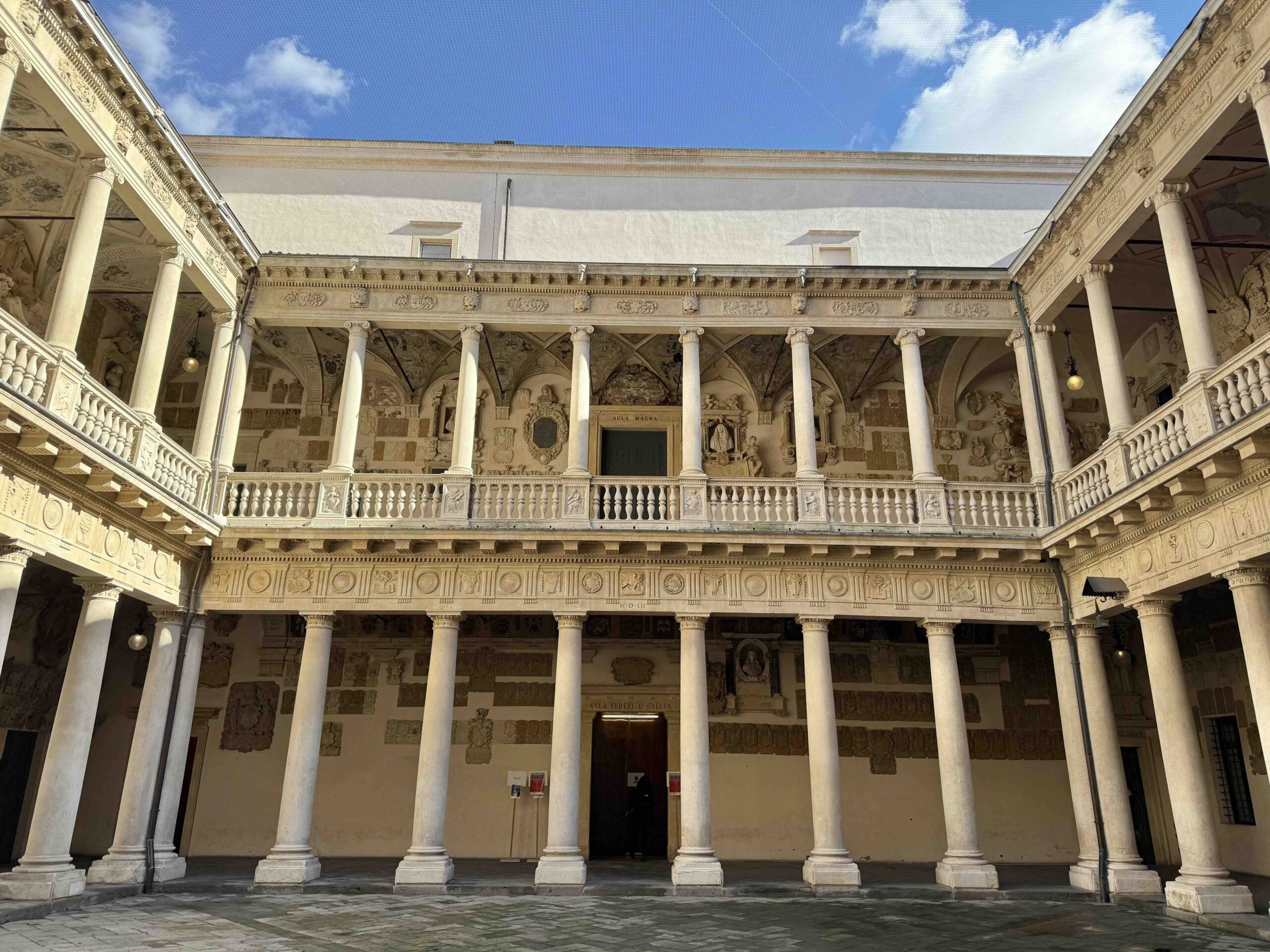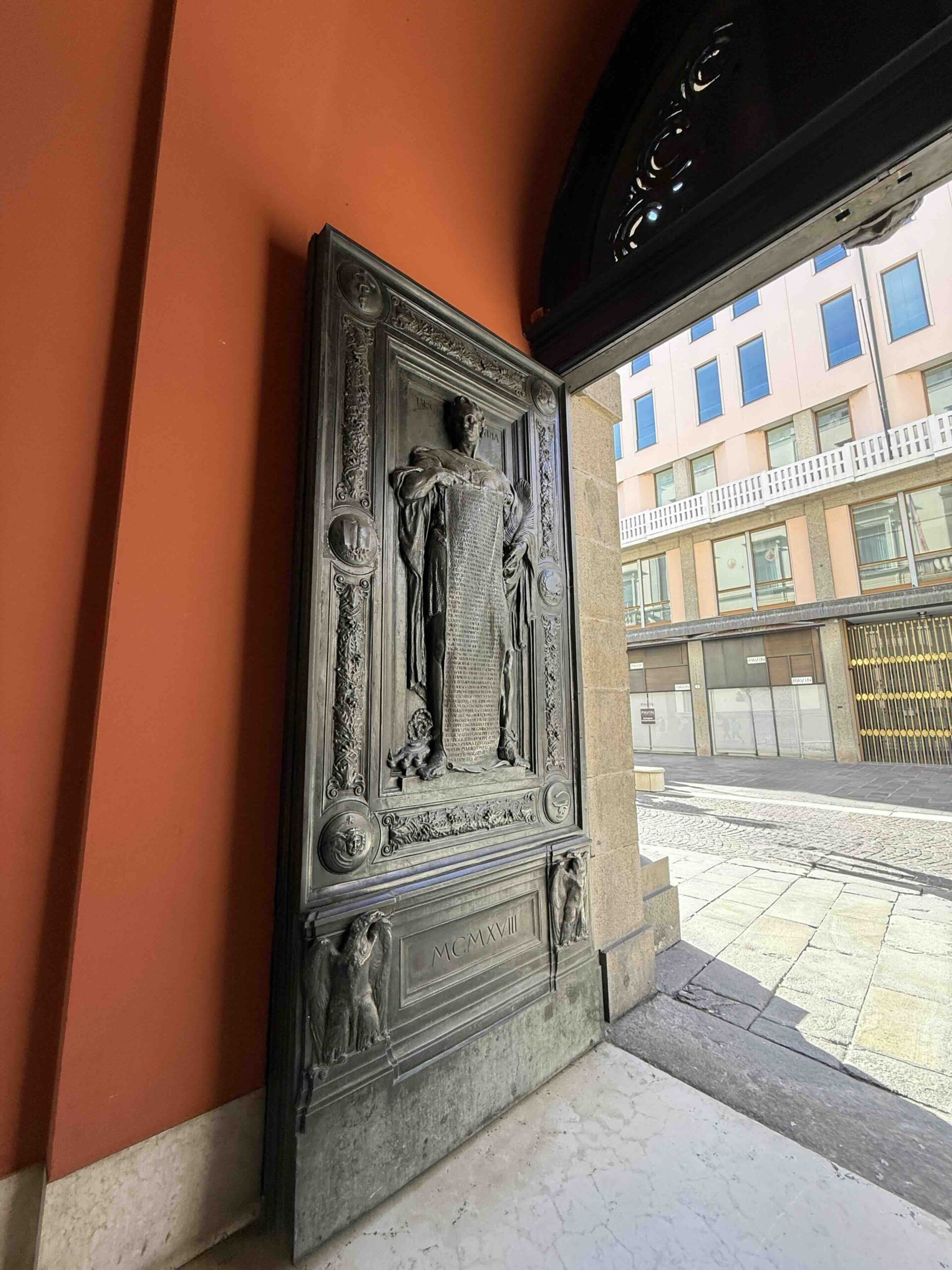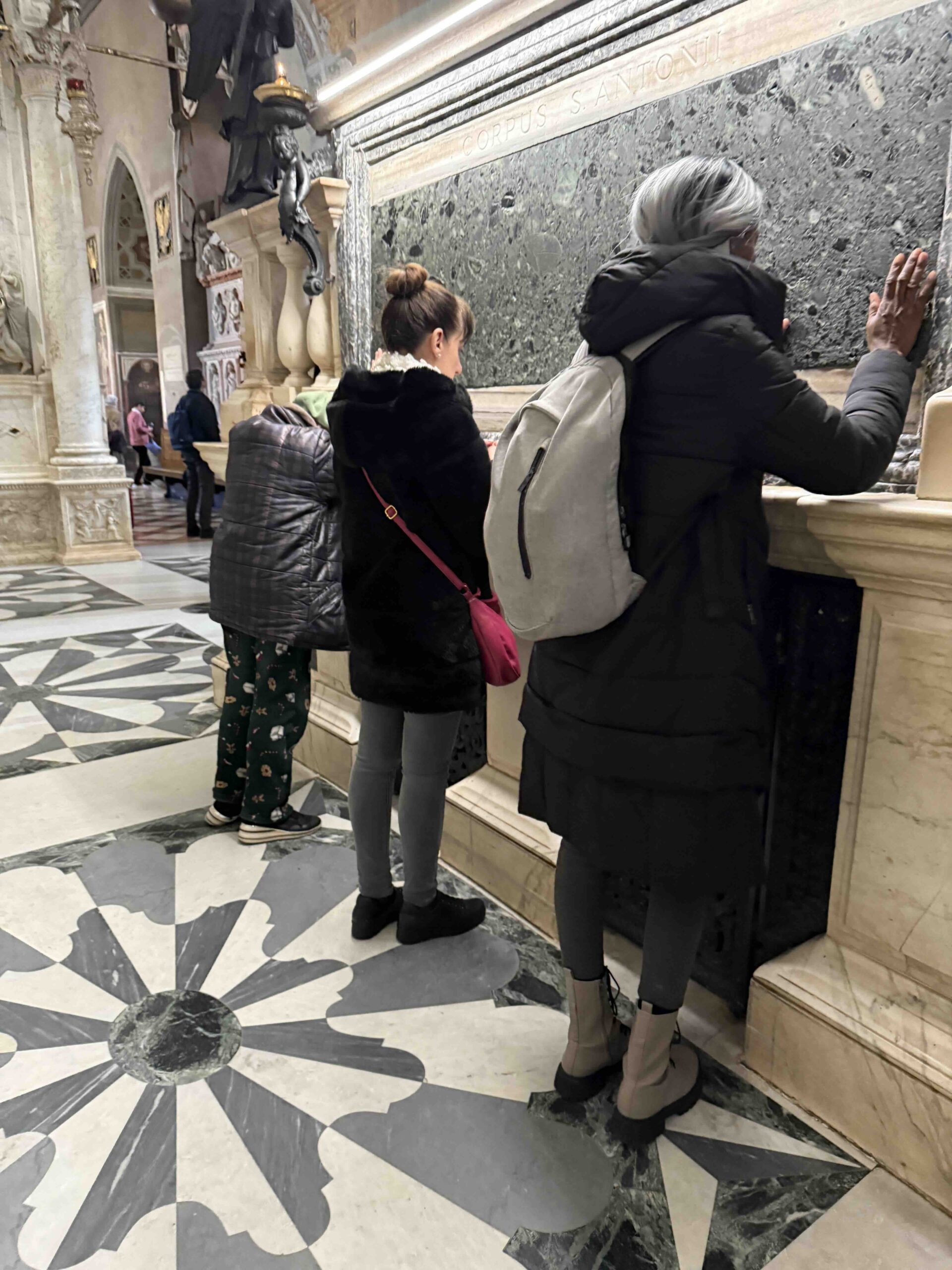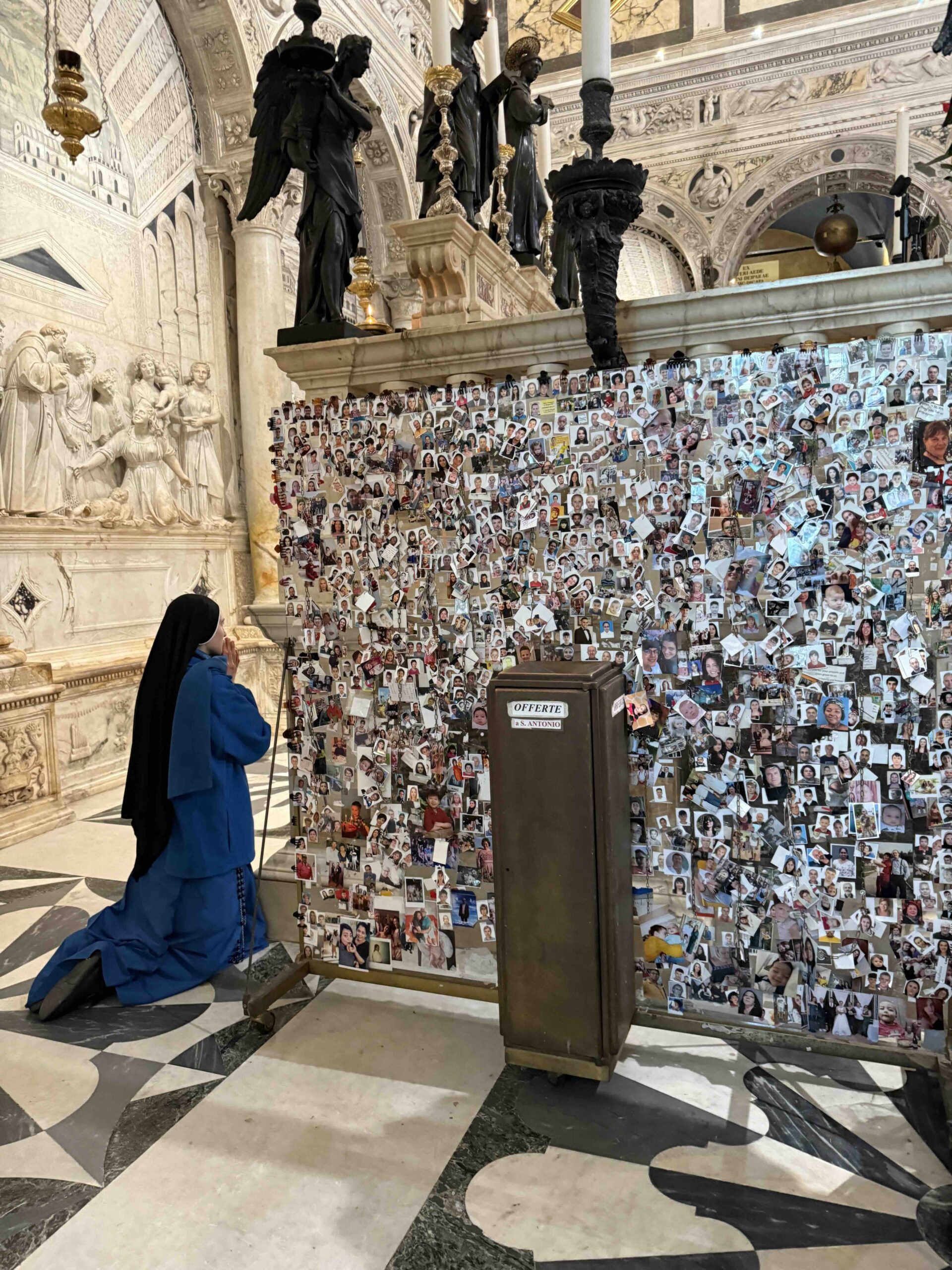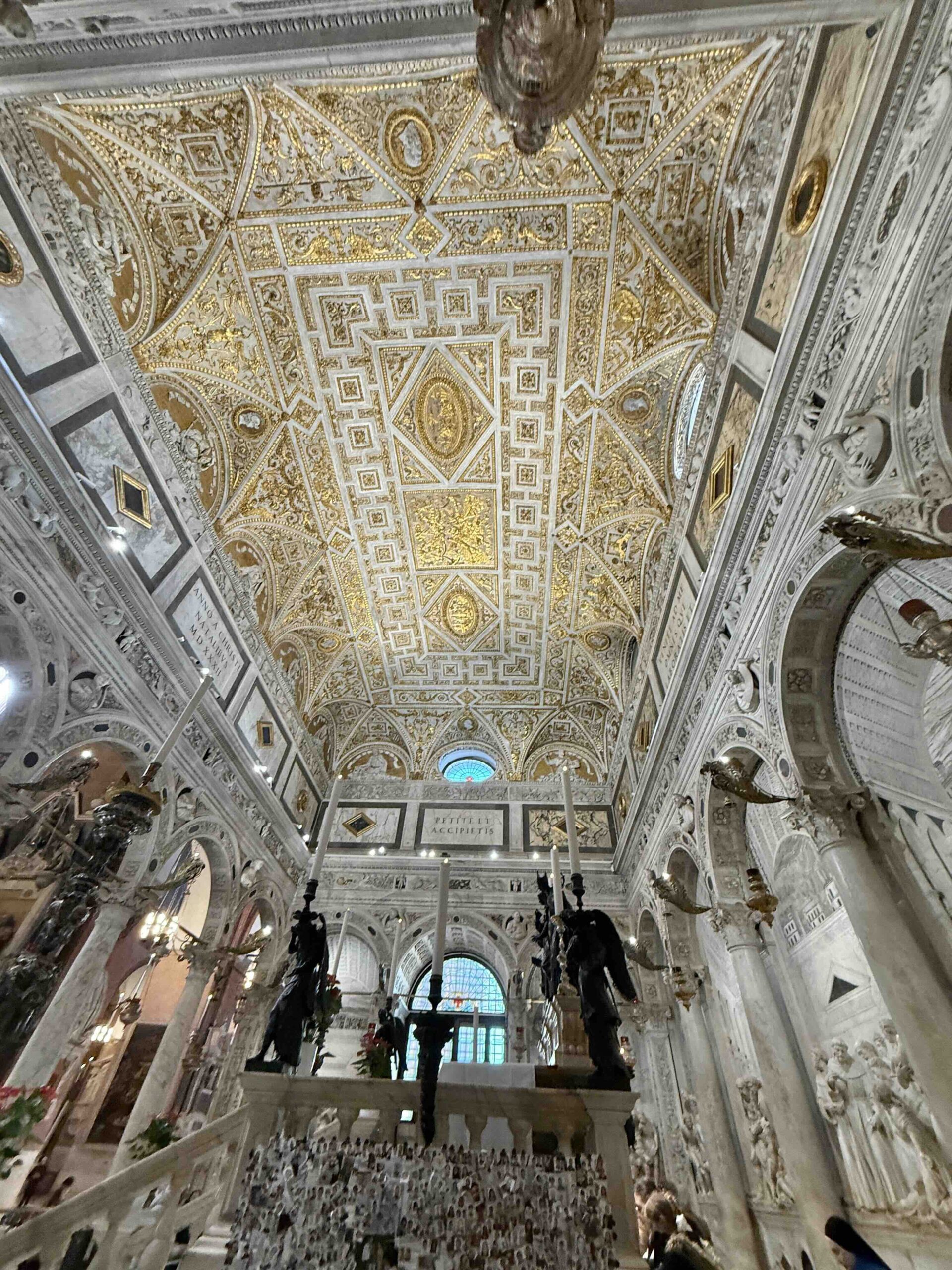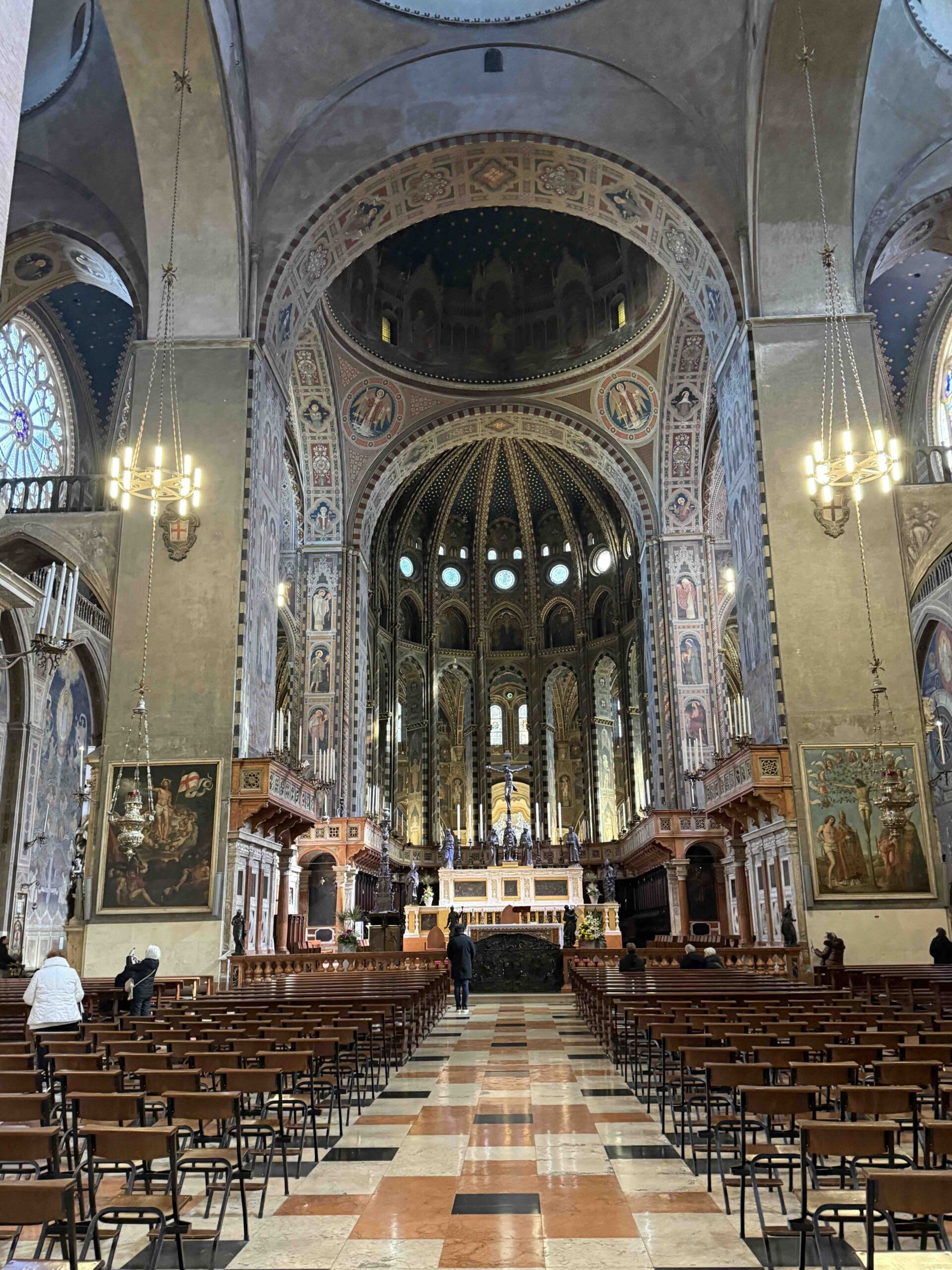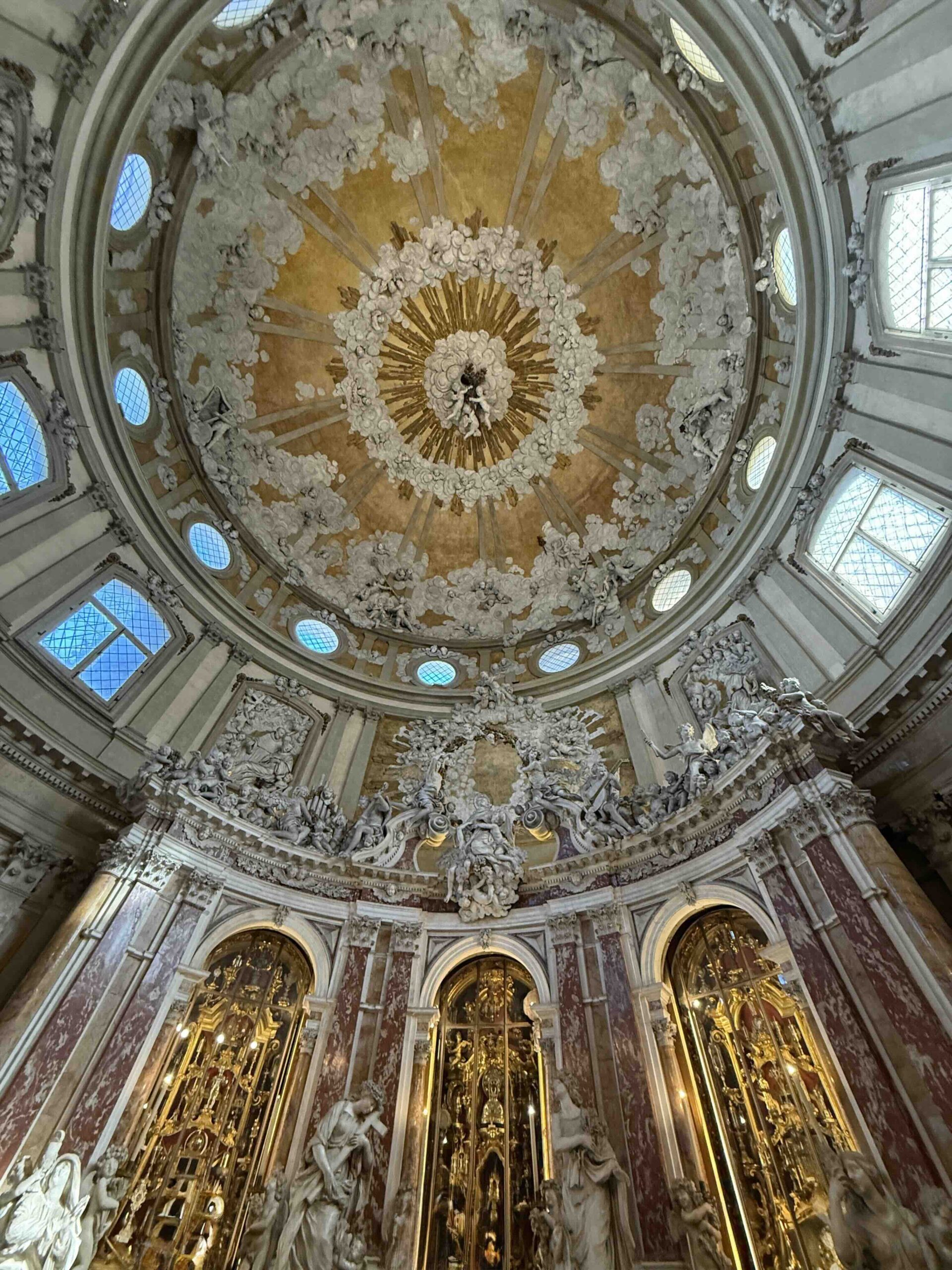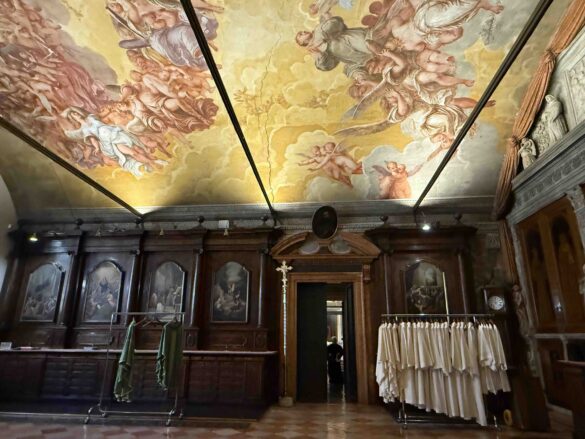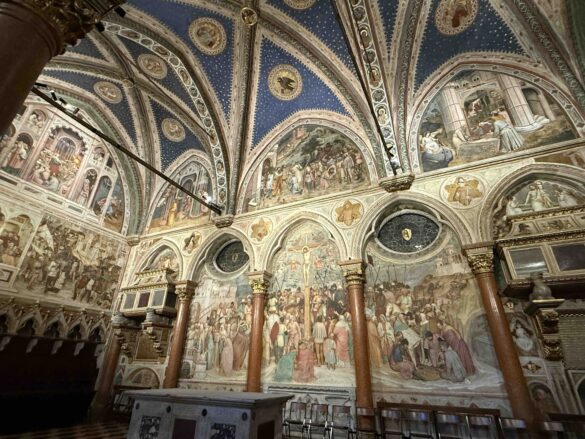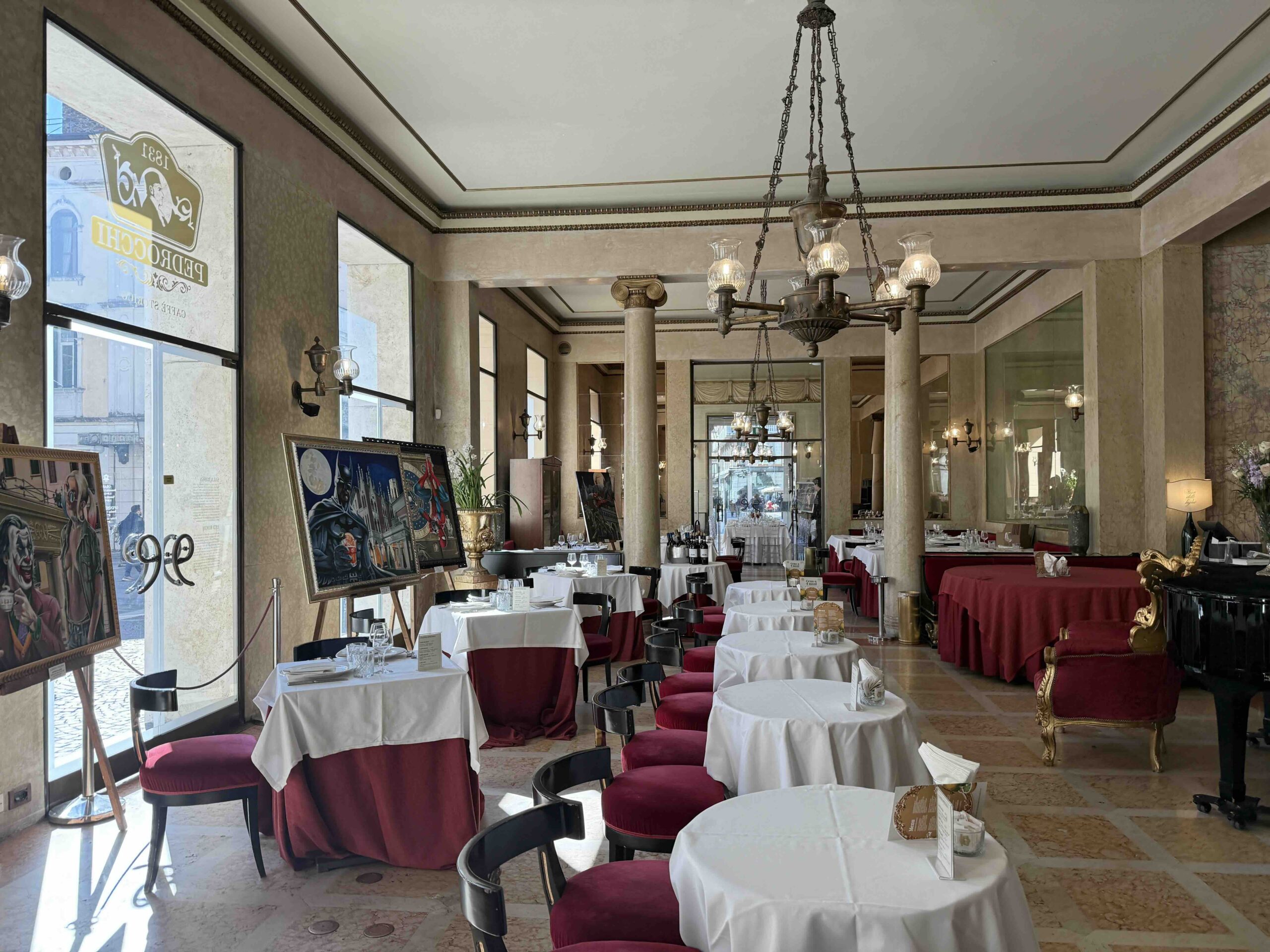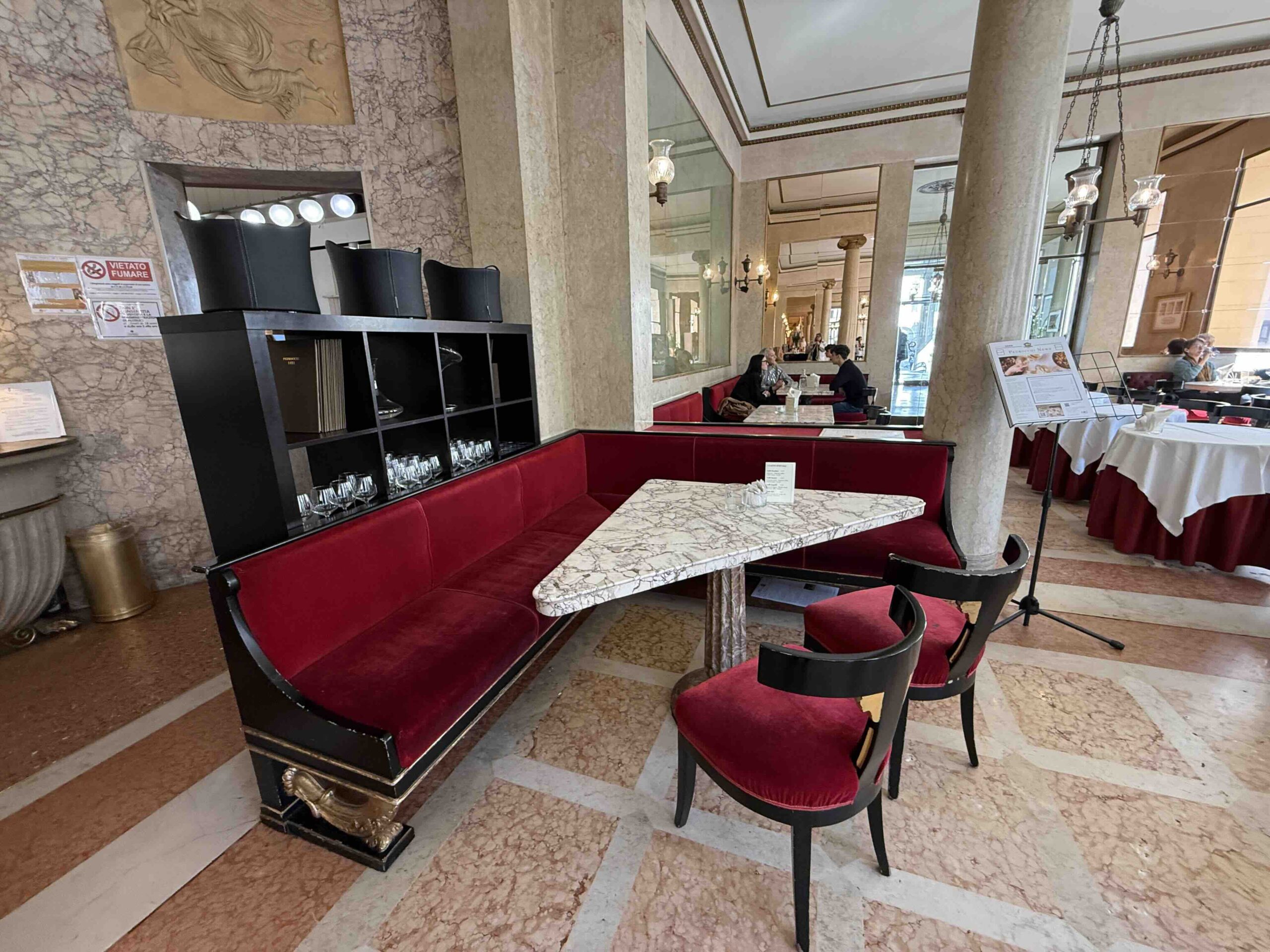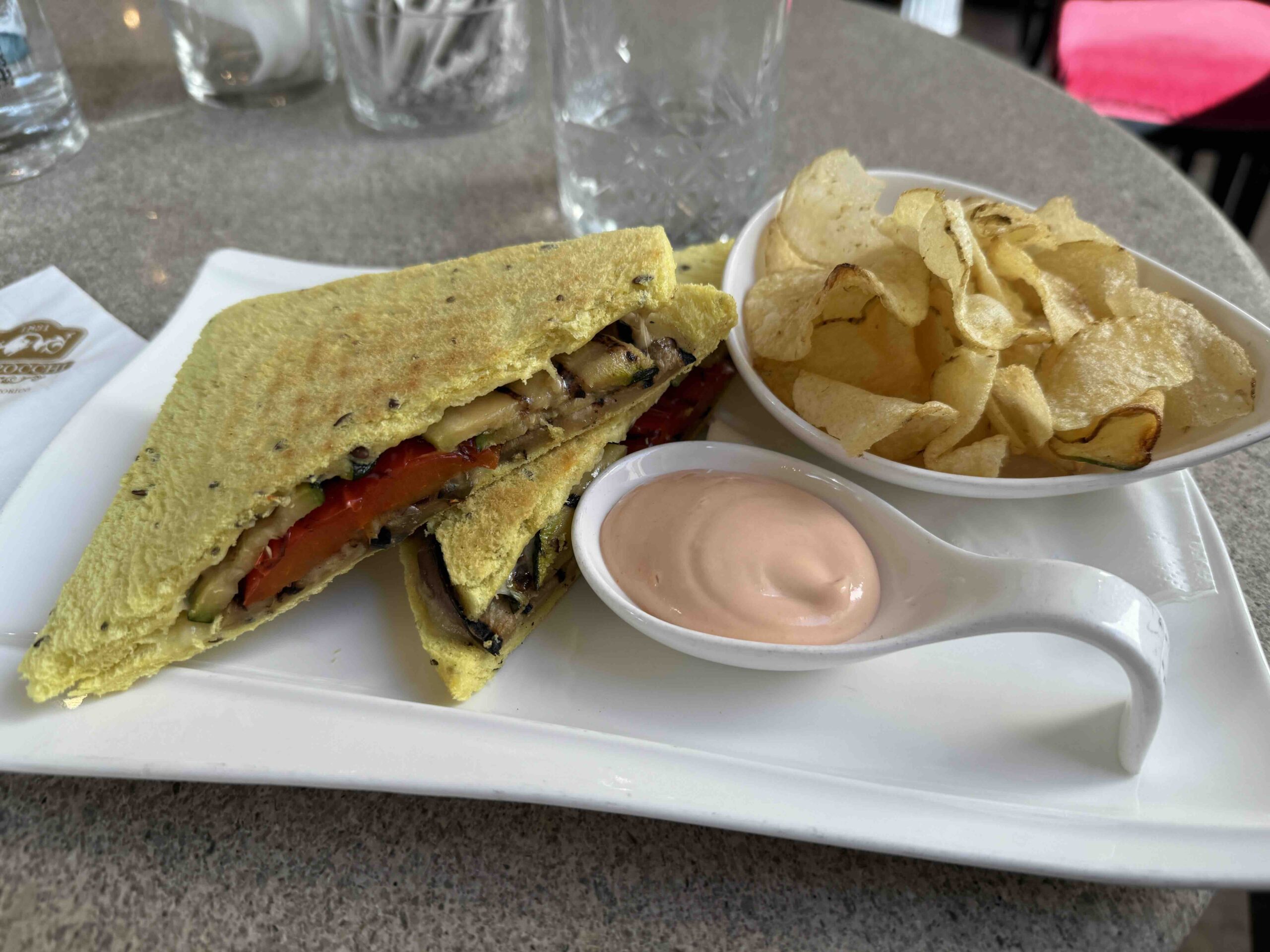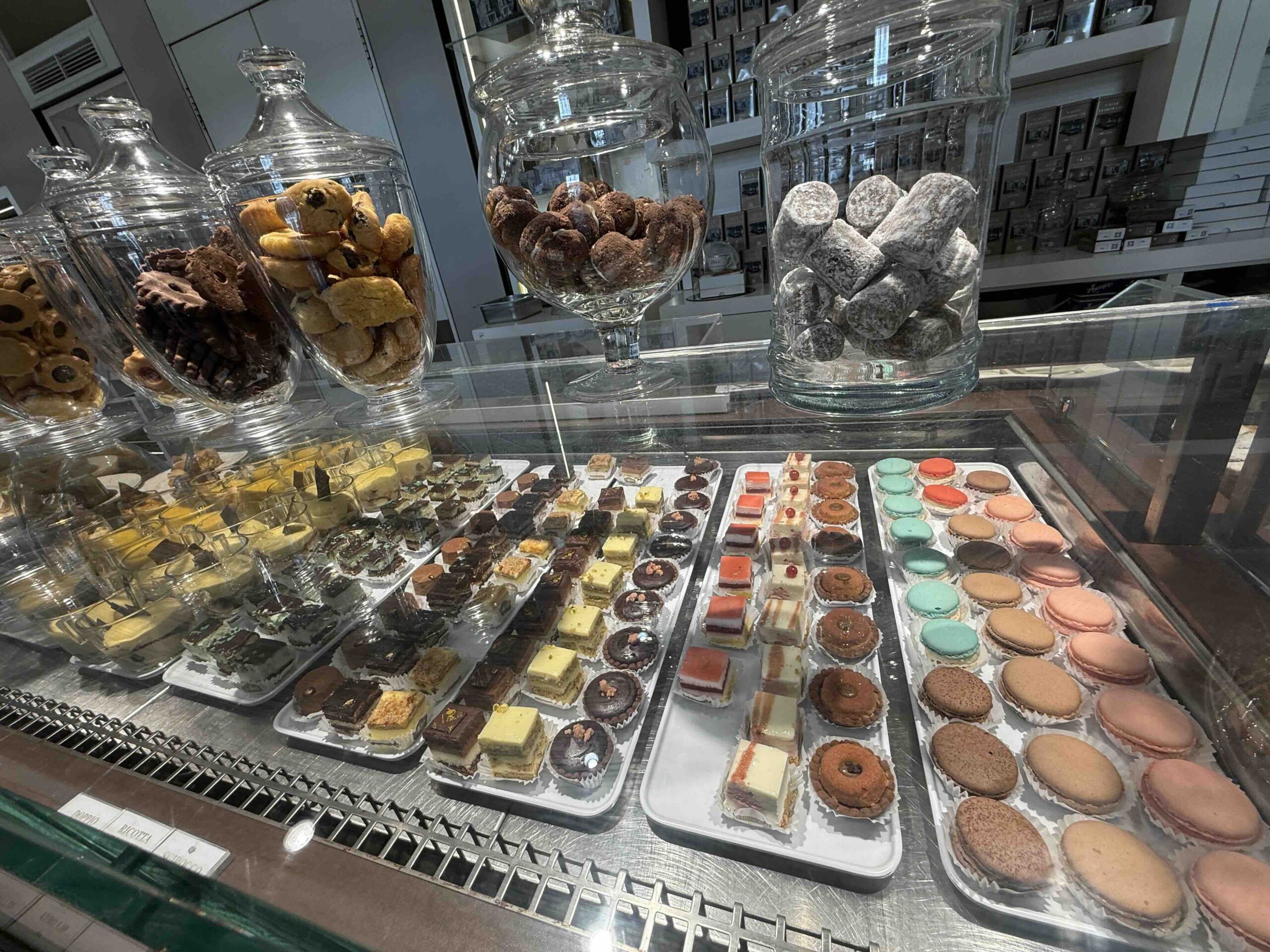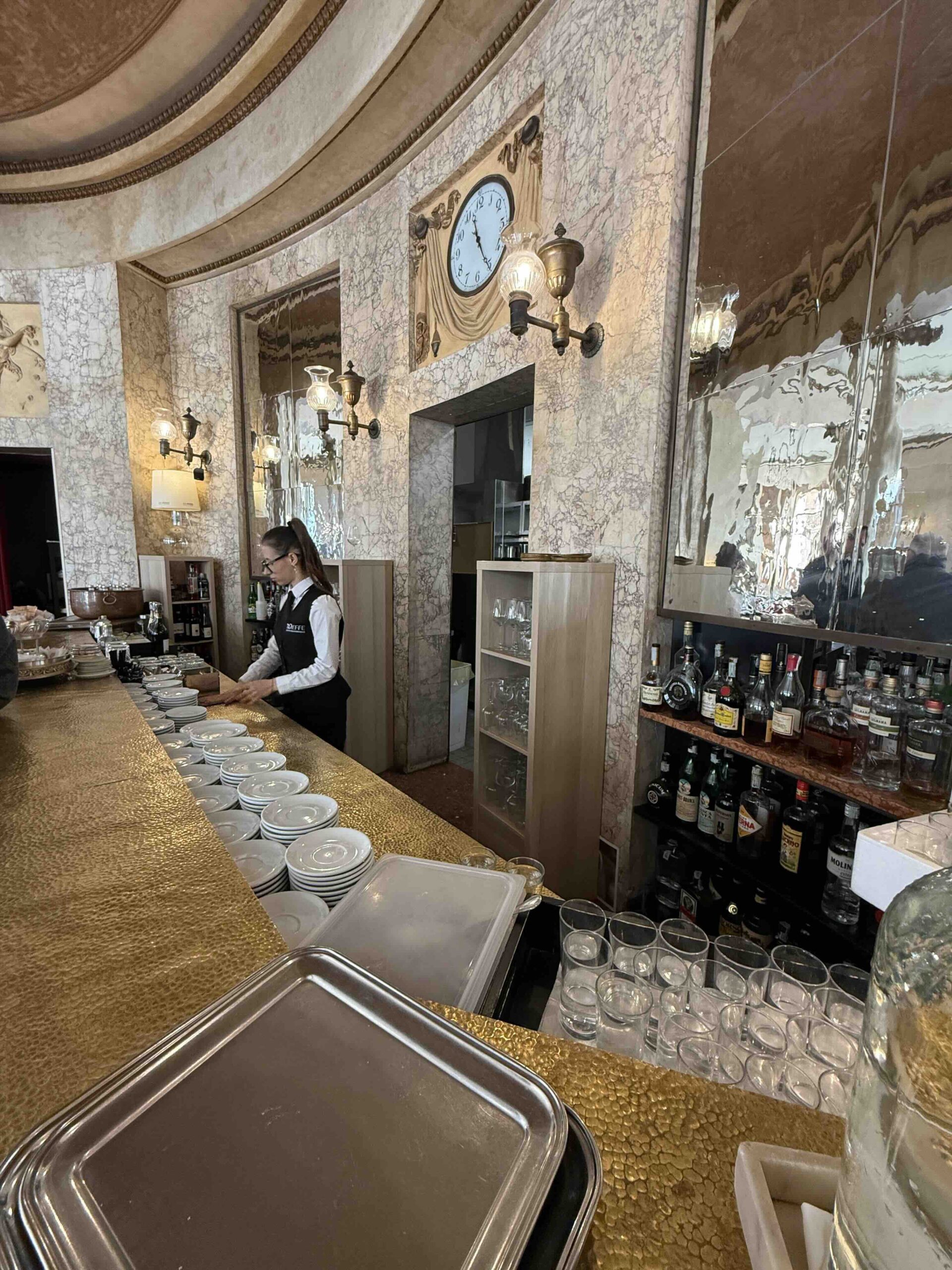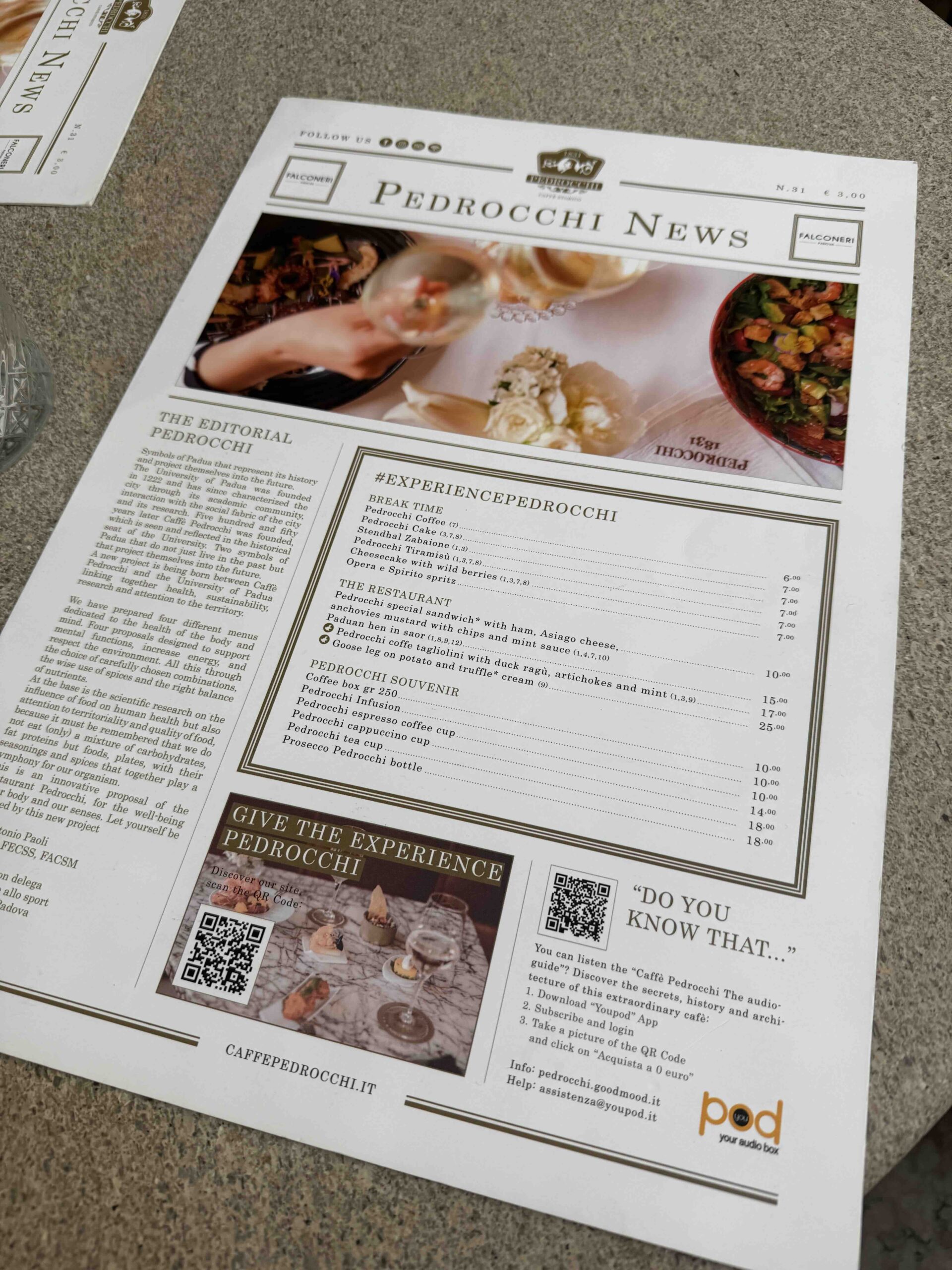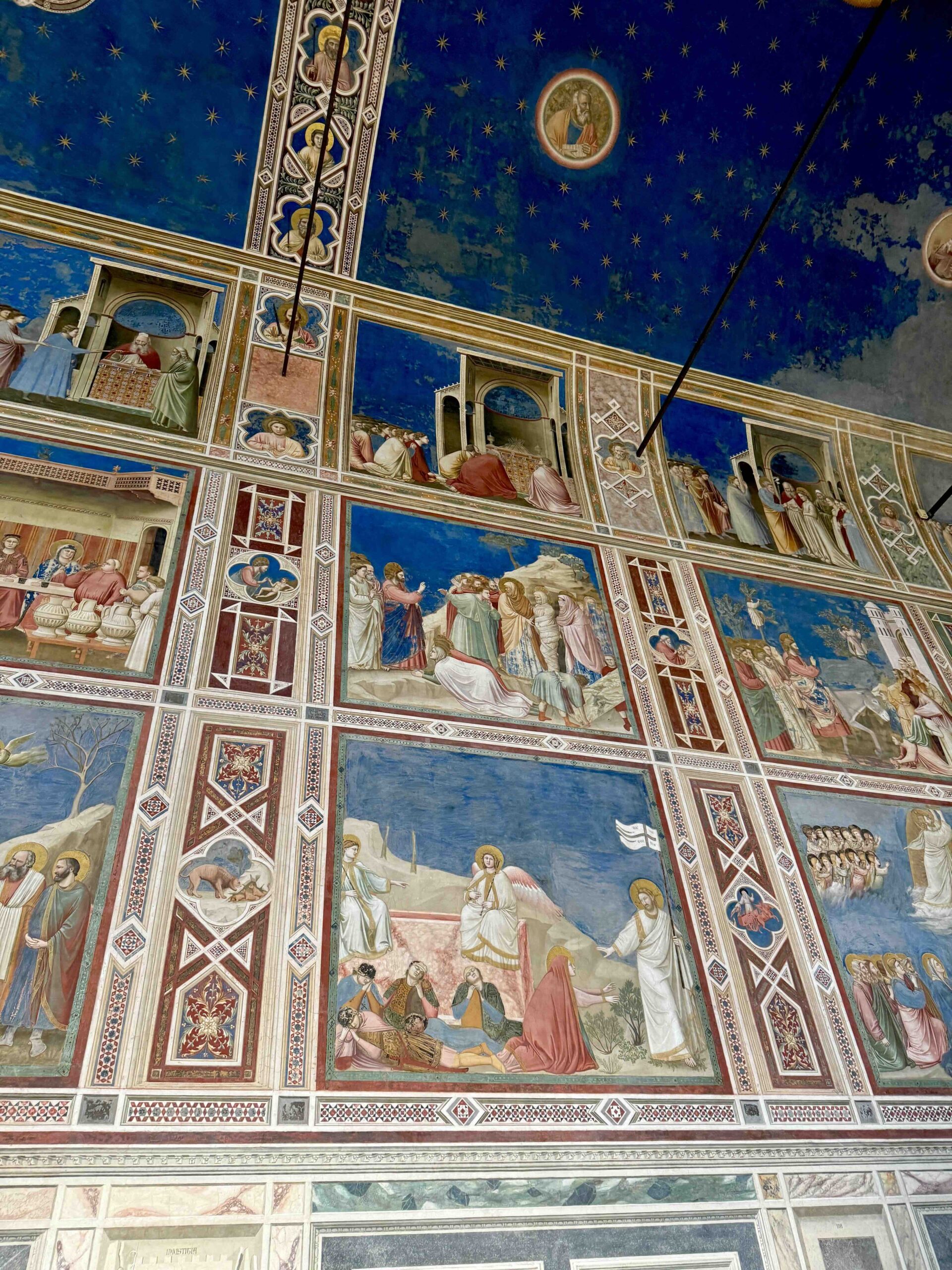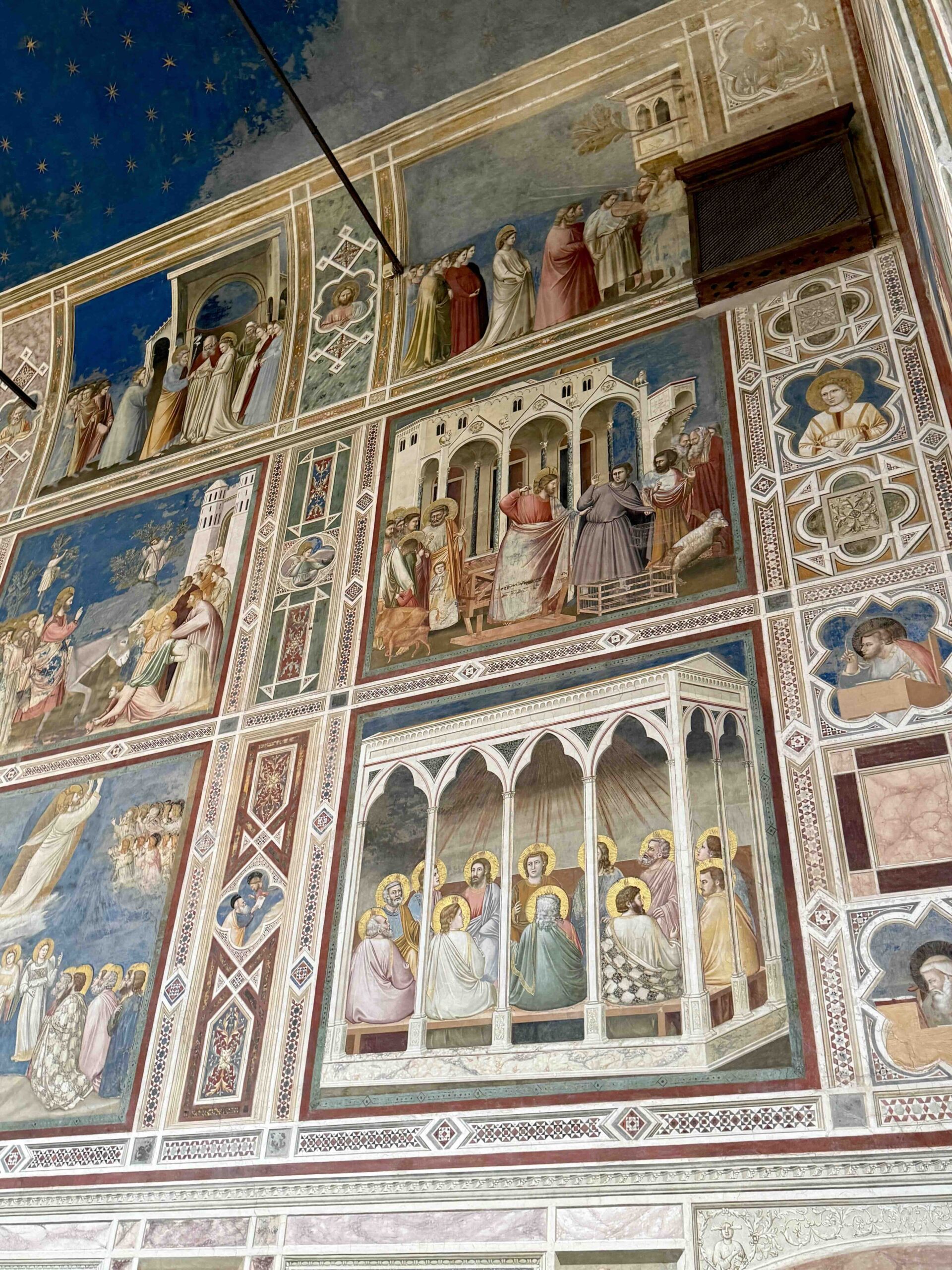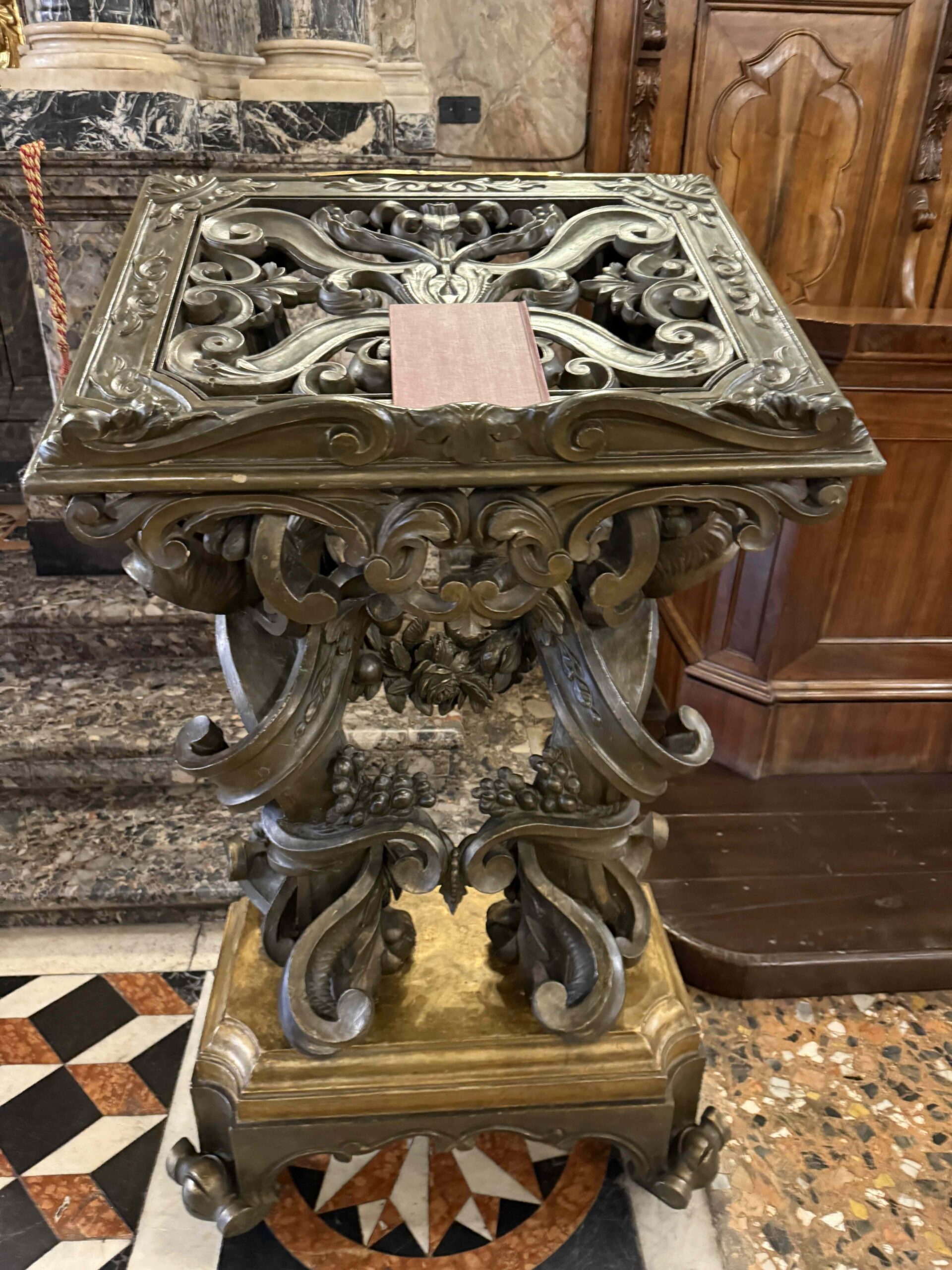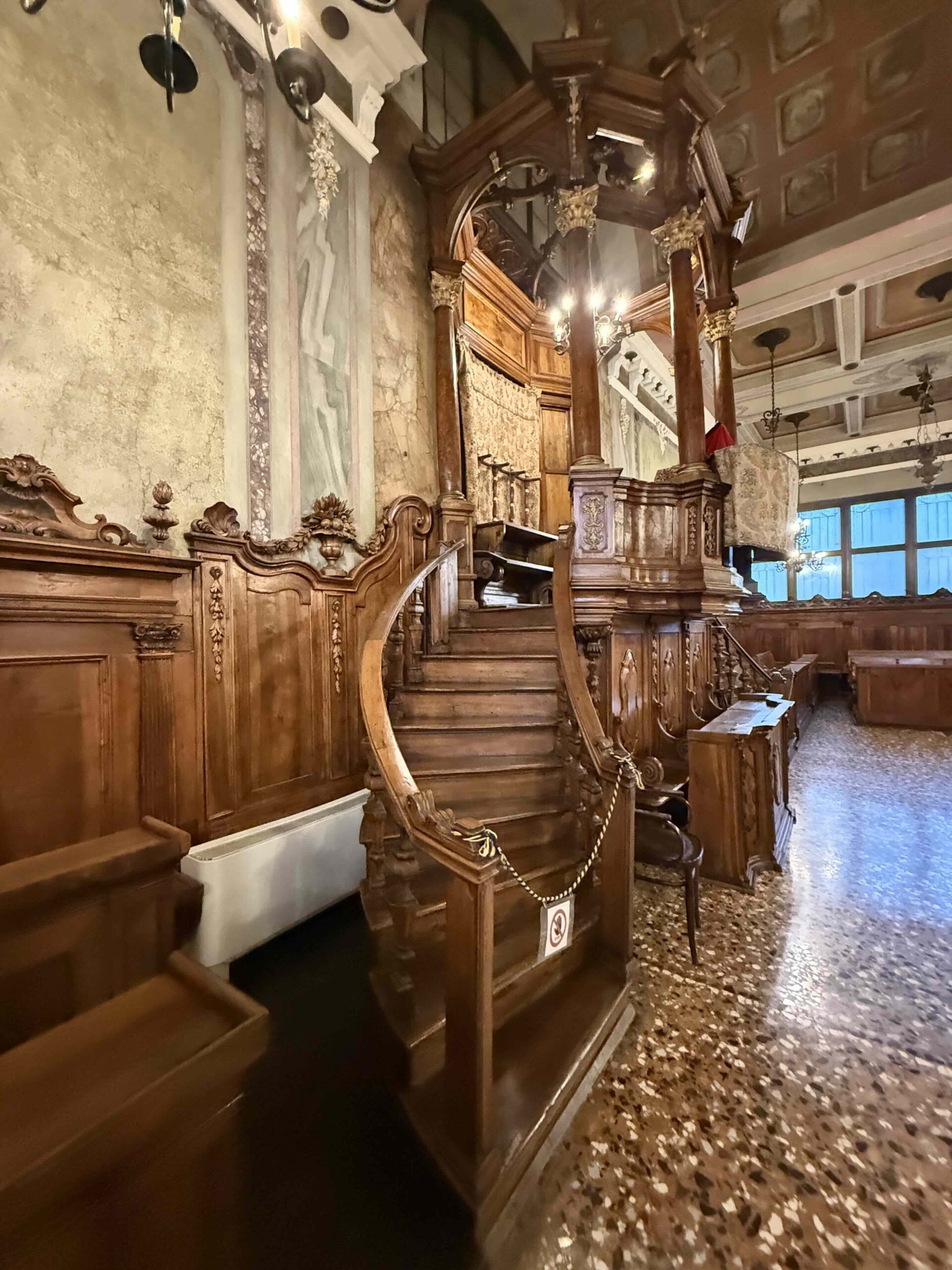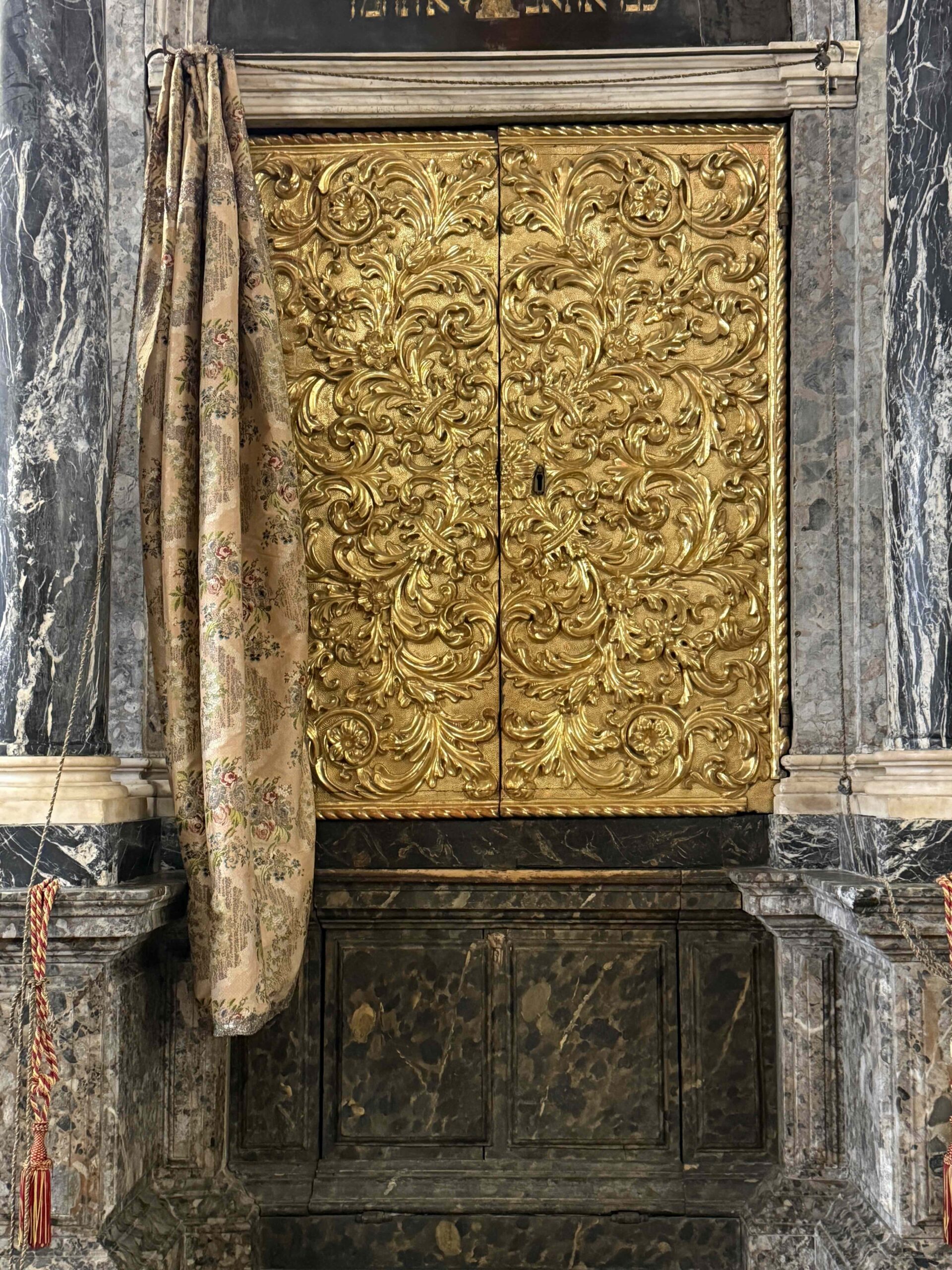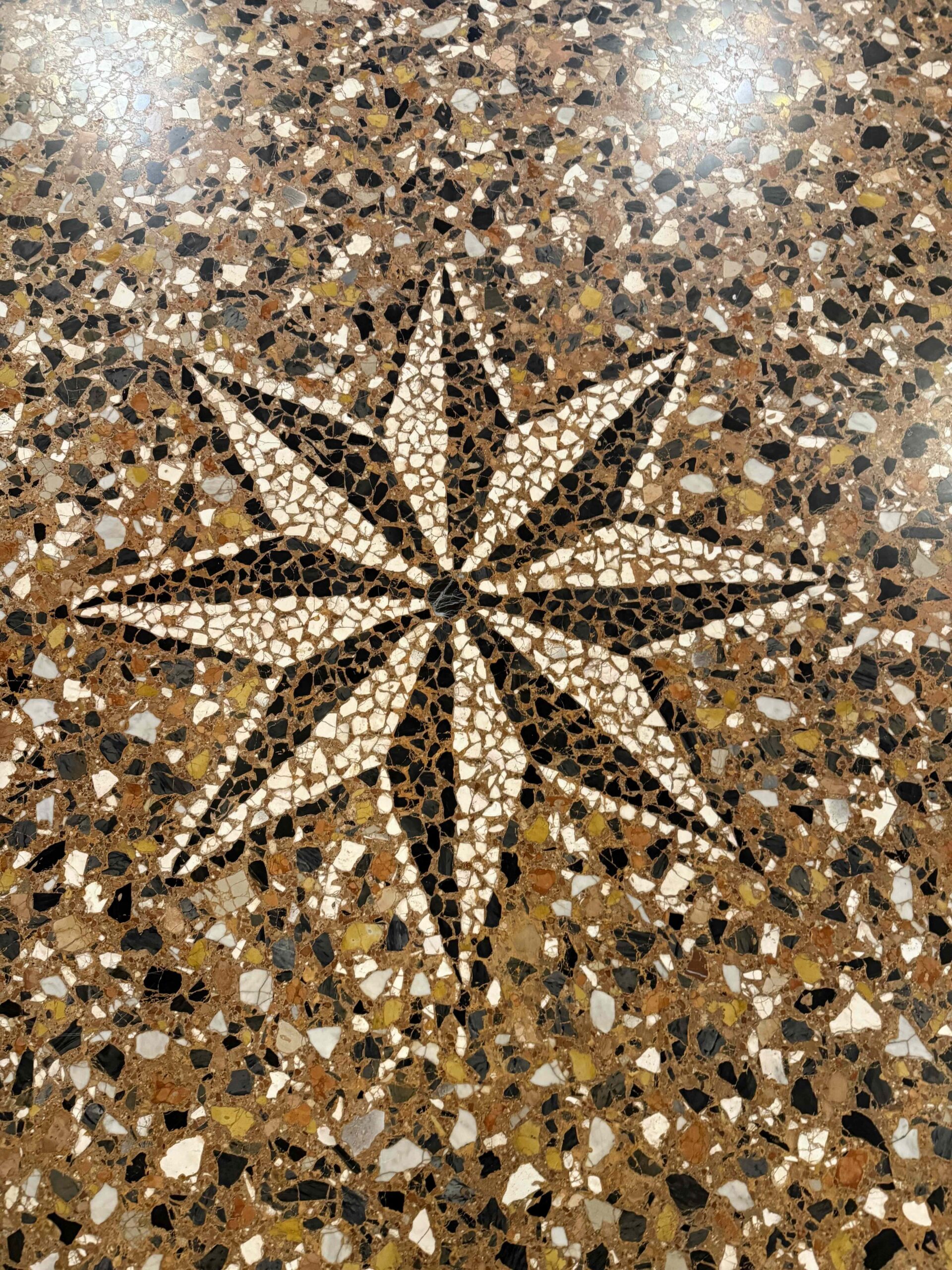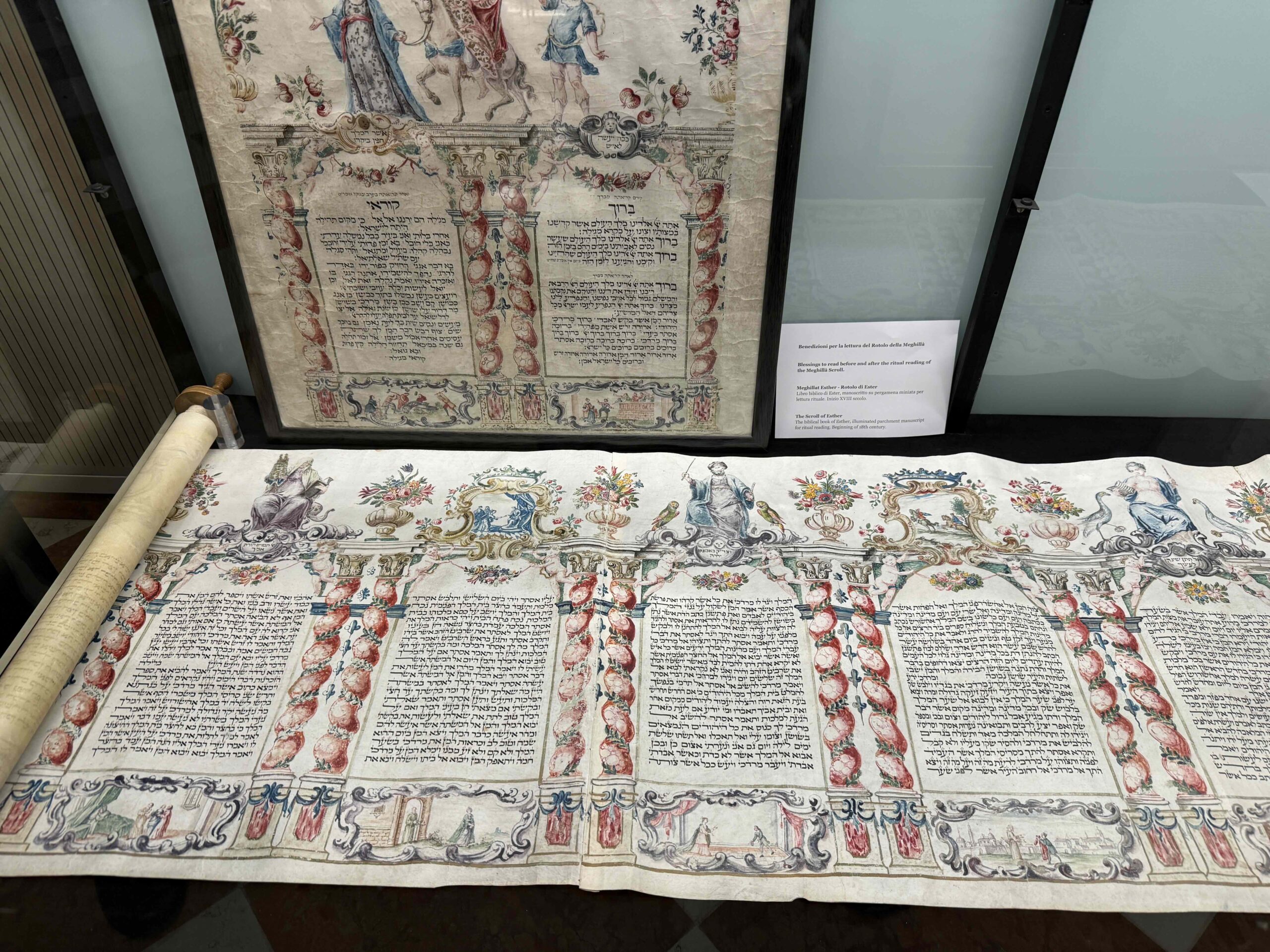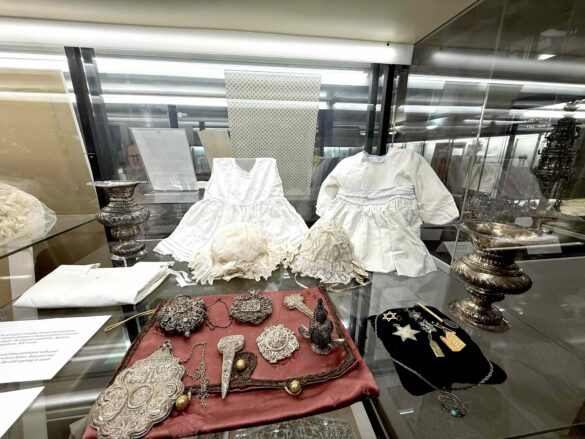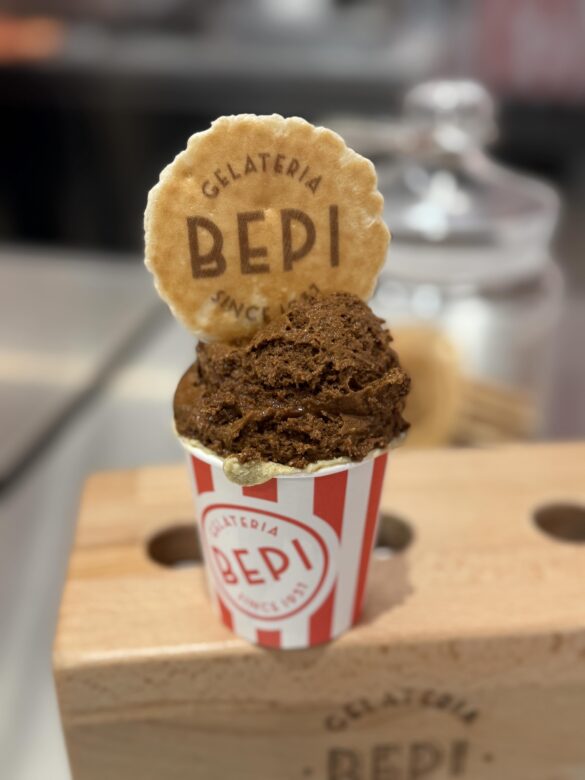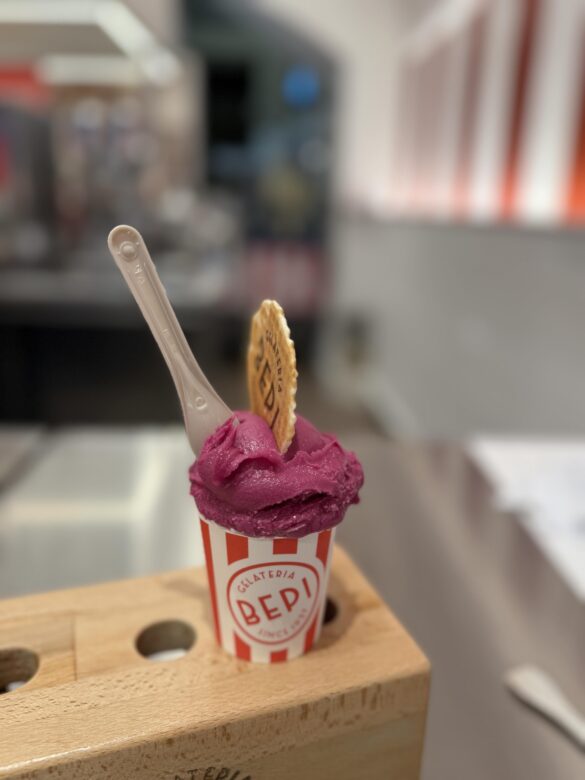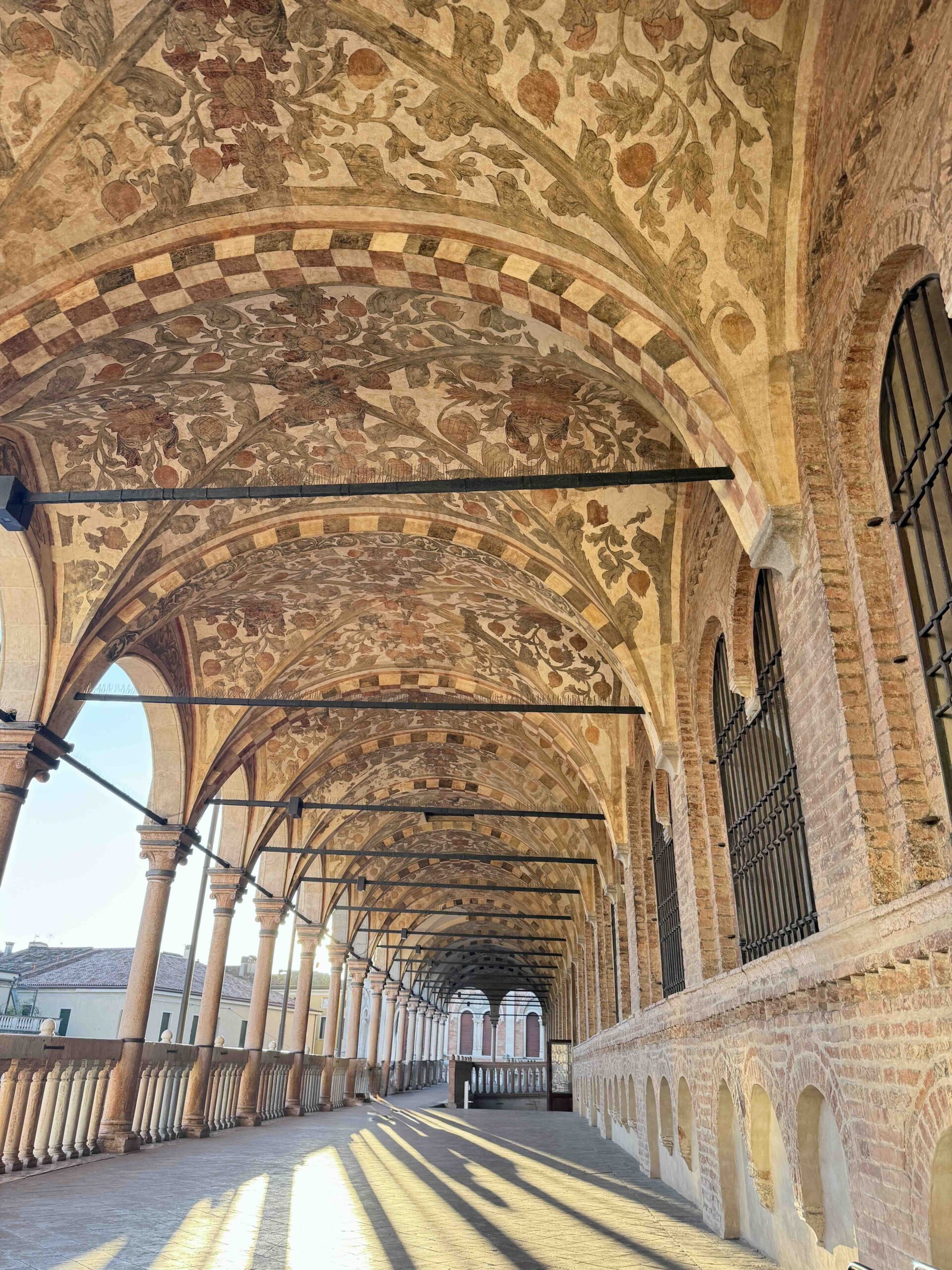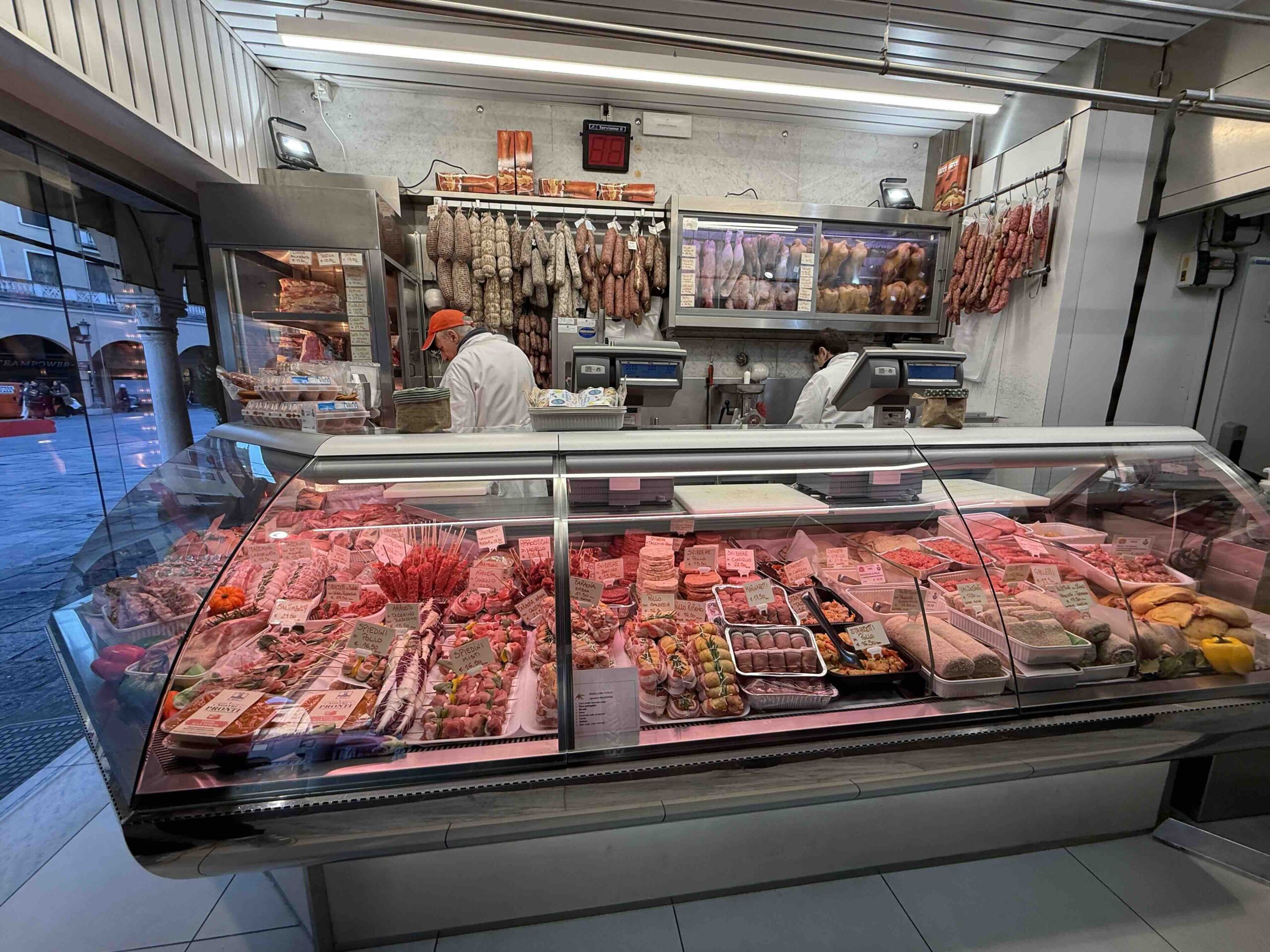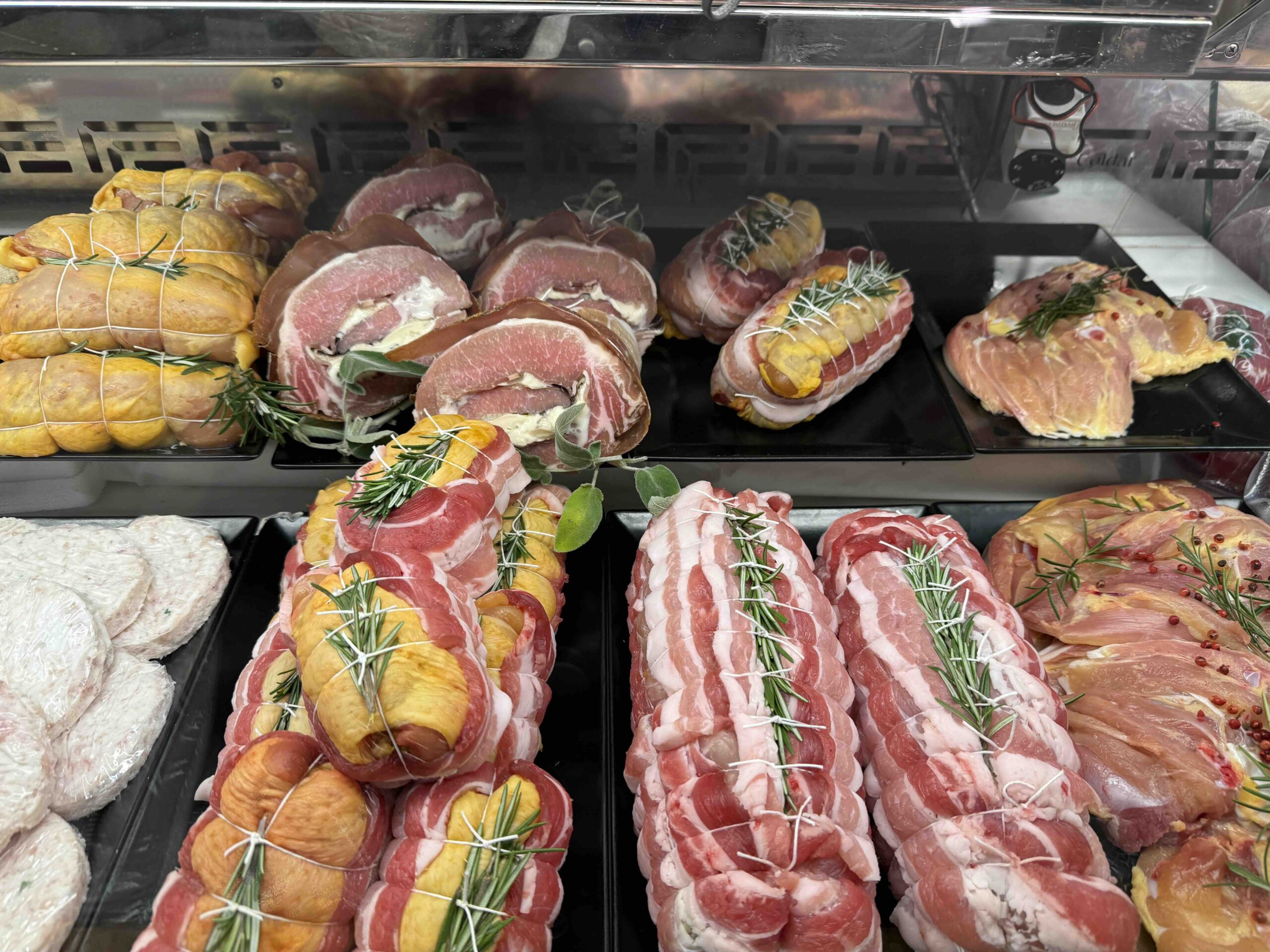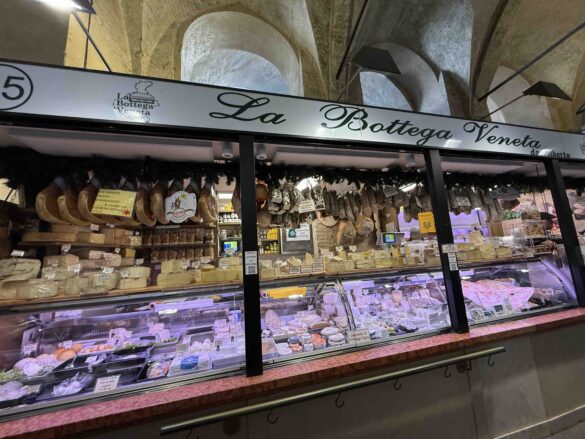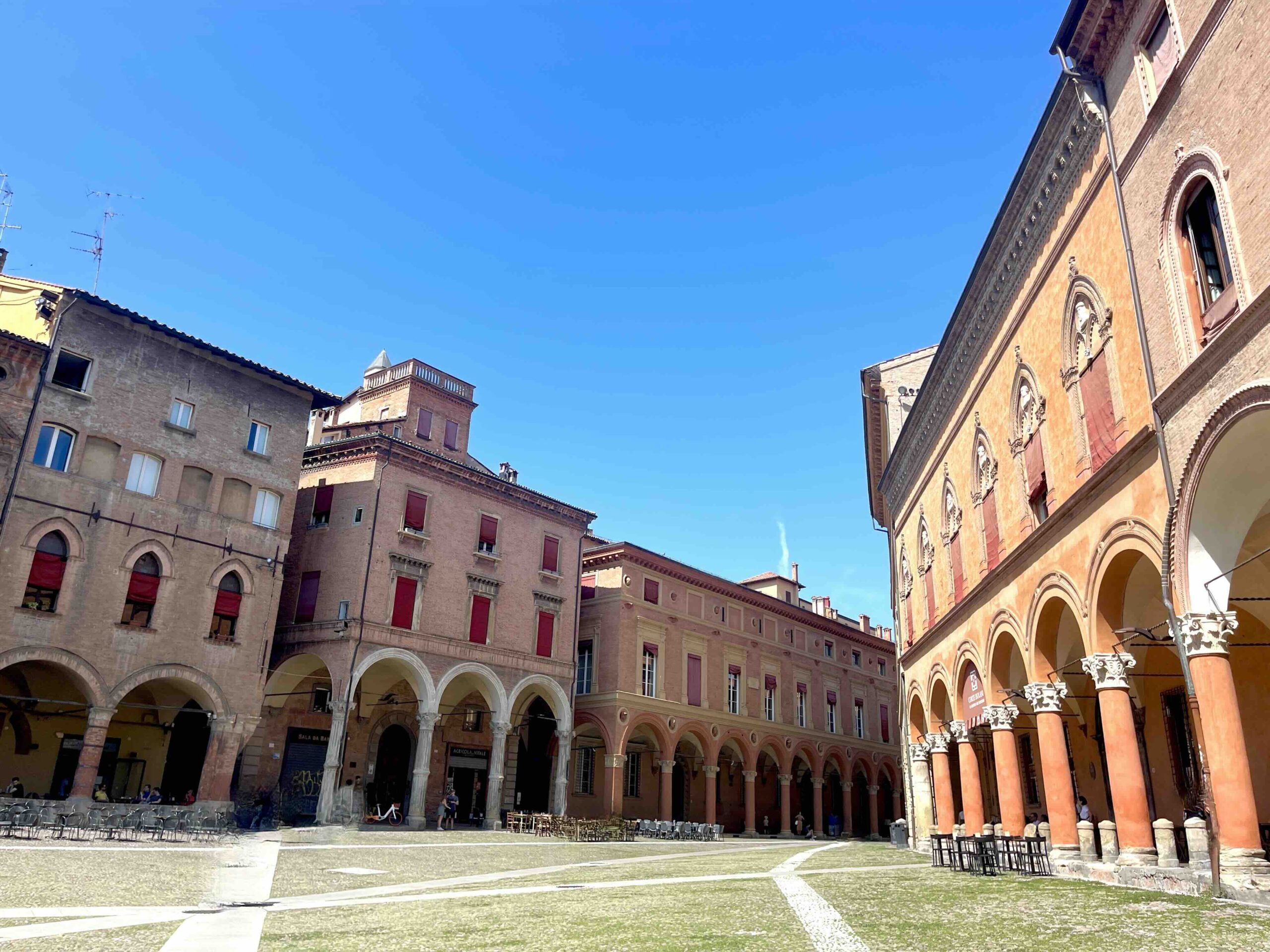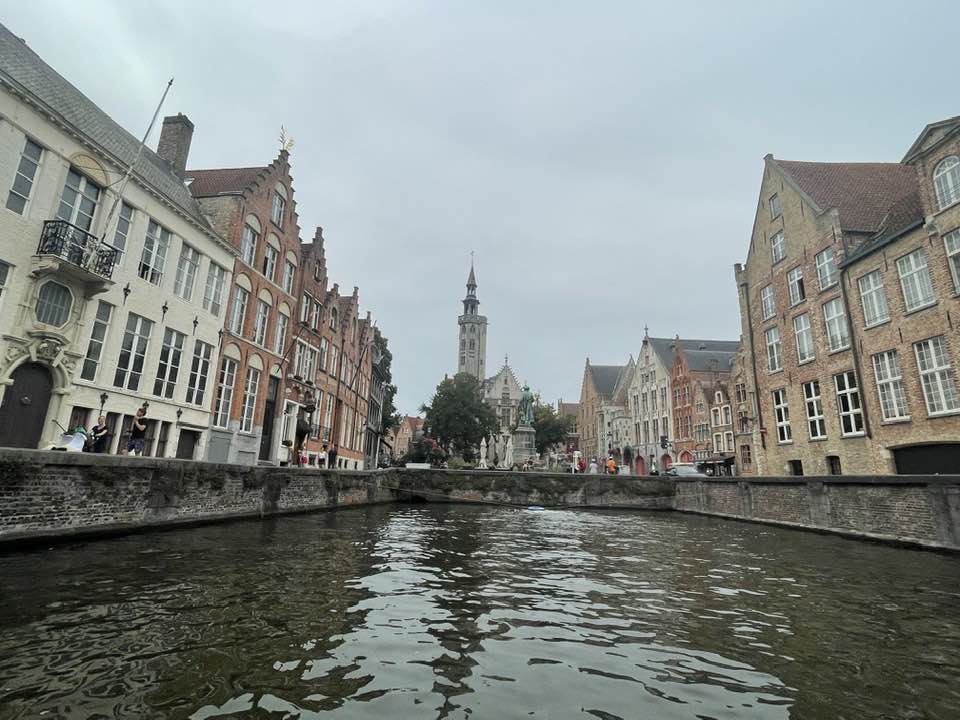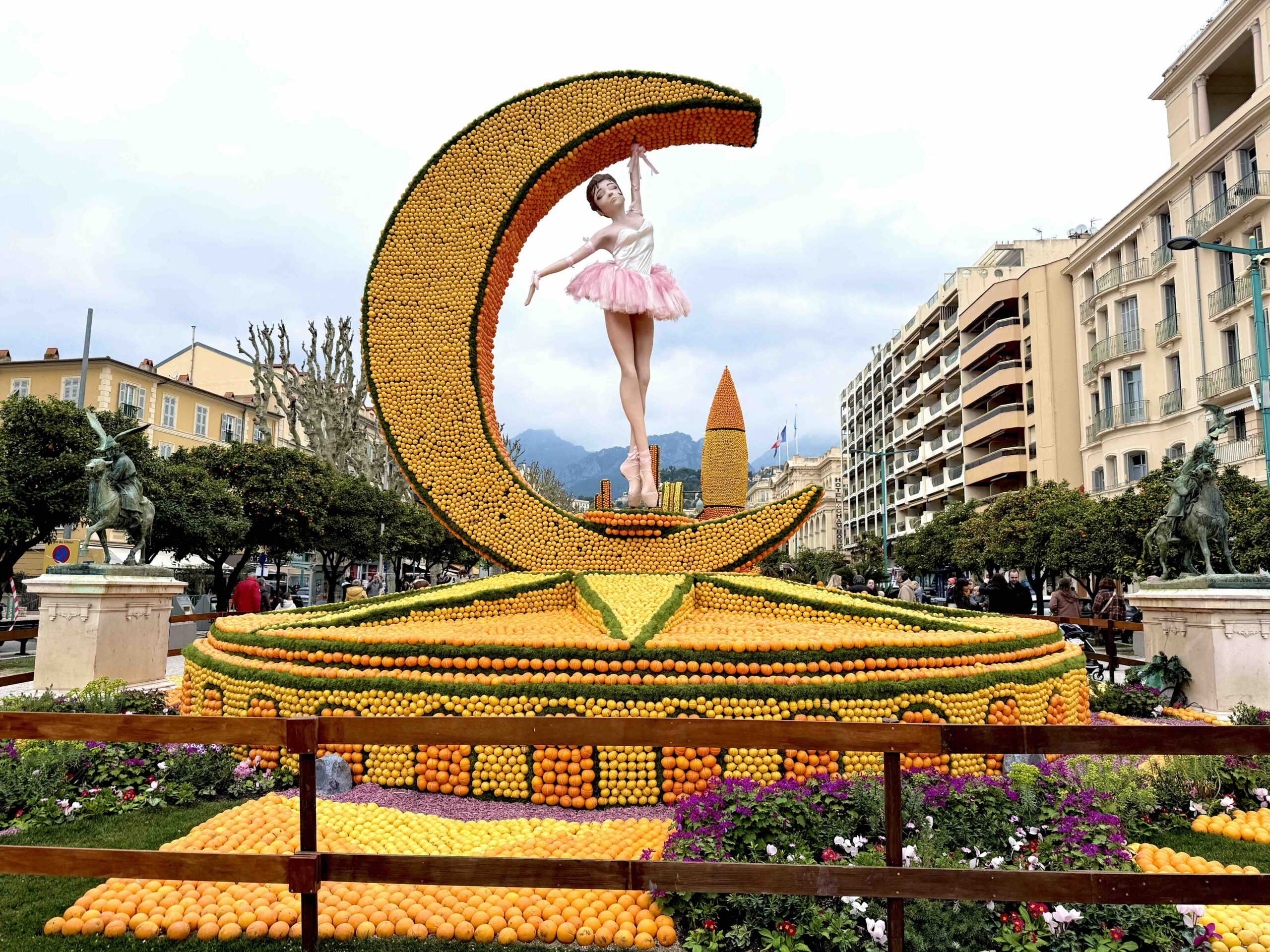Strolling through Padua’s past, you will find a captivating city brimming with historical significance and artistic treasures. A short train ride from Venice, Padua boasts a rich legacy dating back to ancient Roman times. You are reminded of this when strolling by its well-preserved Roman amphitheater. Additionally, the city boasts a whopping 8 UNESCO World Heritage Sites.
However, it’s the city’s Renaissance heritage that truly shines. A glorious example is Giotto’s breathtaking frescoes in the Scrovegni Chapel. Wander through the historic University of Padua, where Galileo once taught. Explore the impressive medieval architecture of the grand Palazzo della Ragione. And don’t miss a tour of the Italian Synagogue and Jewish Ghetto. There is much more on offer from this gem of a city. With its mix of art, history, and charm, even Strolling Through Padua’s Past, even for one day, offers a unique Italian experience.
Here’s what you can expect when Strolling Through Padua’s Past…
The Pontifical Basilica of Saint Anthony of Padua
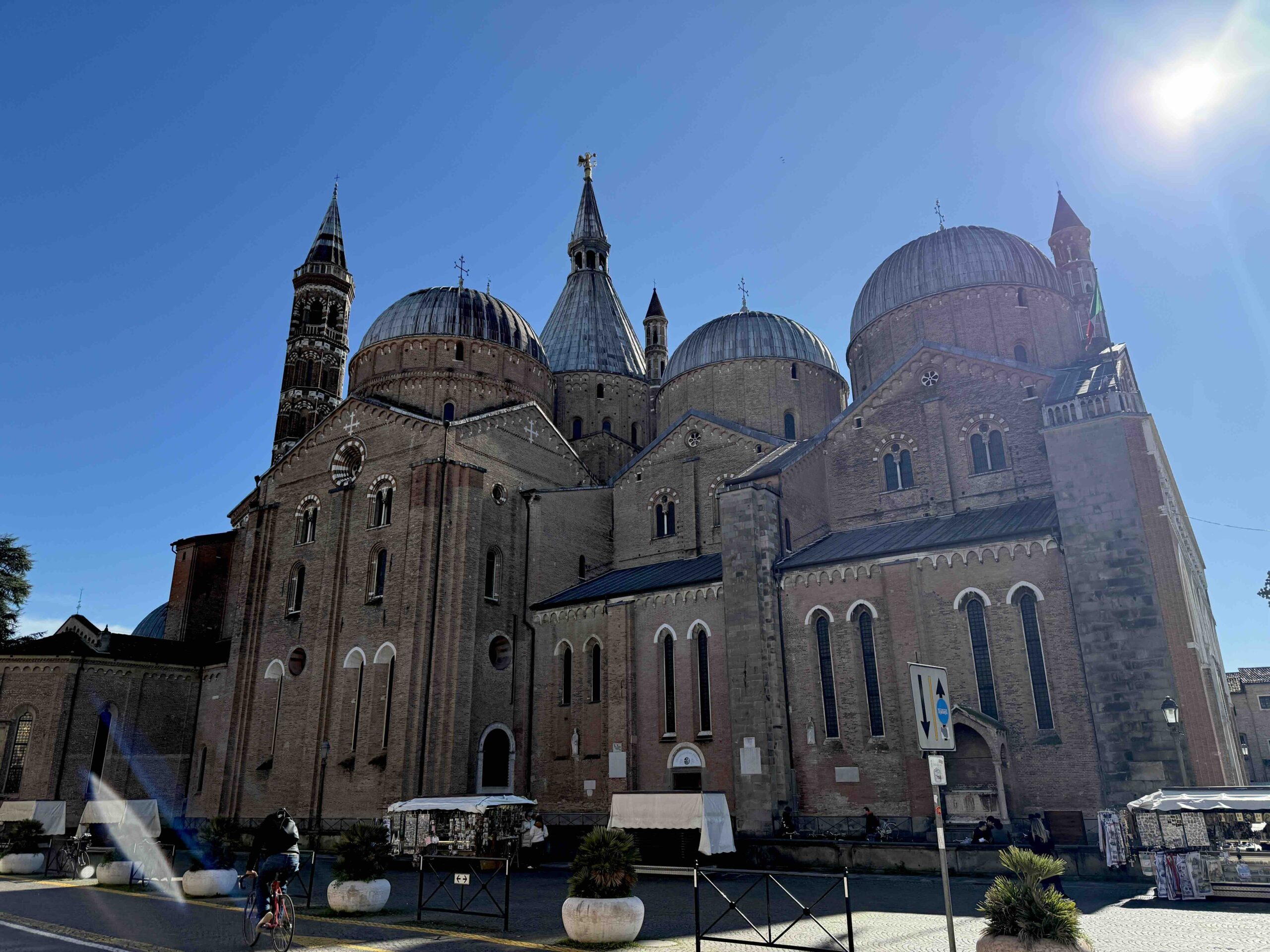
The Pontifical Basilica of Saint Anthony of Padua holds a special place for those seeking comfort and connection. Visitors come from around the world, often in search of healing or guidance. Many hope to find peace after losing a loved one. The basilica houses the tomb of Saint Anthony, a place where many pray for miracles.
Furthermore, the Chapel of the Relics houses sacred objects once belonging to the saint, including his tongue, vocal cords, and jawbone. These are symbols of his powerful voice and unshakable faith. The air inside is filled with reverence and hope, as people believe the saint’s spirit offers solace and answers. For many, a visit to this holy site is not just a journey of faith but a deeply emotional experience. A pilgrimage reconnects them with their lost loved ones and helps them find strength in their grief.
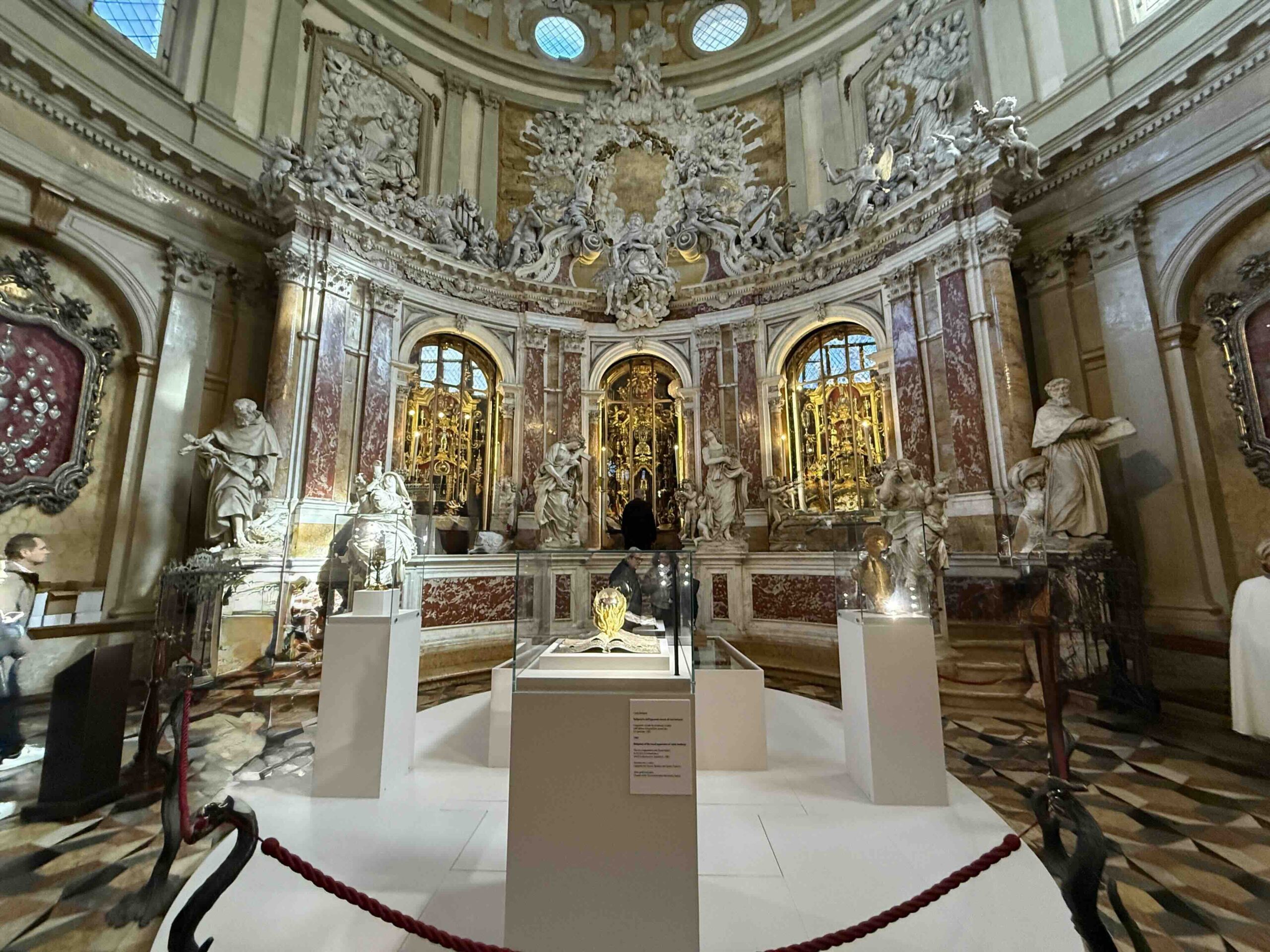
The art inside the Pontifical Basilica of Saint Anthony of Padua is a breathtaking testament to faith and beauty. This church is a stunning blend of Byzantine and Romanesque styles, with every corner telling a story of devotion. The walls and ceilings are adorned with intricate frescoes depicting scenes from the life of Saint Anthony.
Each brushstroke radiates reverence and spirituality. The mosaics shimmer with gold, illuminating the basilica’s grandeur. One of the most striking features is the Chapel of Saint Anthony, where the saint’s tomb is surrounded by stunning works of art, including sculptures and paintings that capture his compassion and divine influence. As a result, the entire basilica feels like an open canvas, offering visitors an immersive experience in both history and faith.
The Pontifical Basilica of Saint Anthony of Padua
In Detail:
Address: Piazza del Santo, 11, 35123 Padova PD, Italy
Hours:
Monday 6:15 AM–7:30 PM
Tuesday 6:15 AM–7:30 PM
Wednesday 6:15 AM–7:30 PM
Thursday 6:15 AM–7:30 PM
Friday 6:15 AM–7:30 PM
Saturday 6:15 AM–7:30 PM
Sunday 6:15 AM–7:30 PM
Strolling Through Padua’s Past: Caffé Pedrocchi
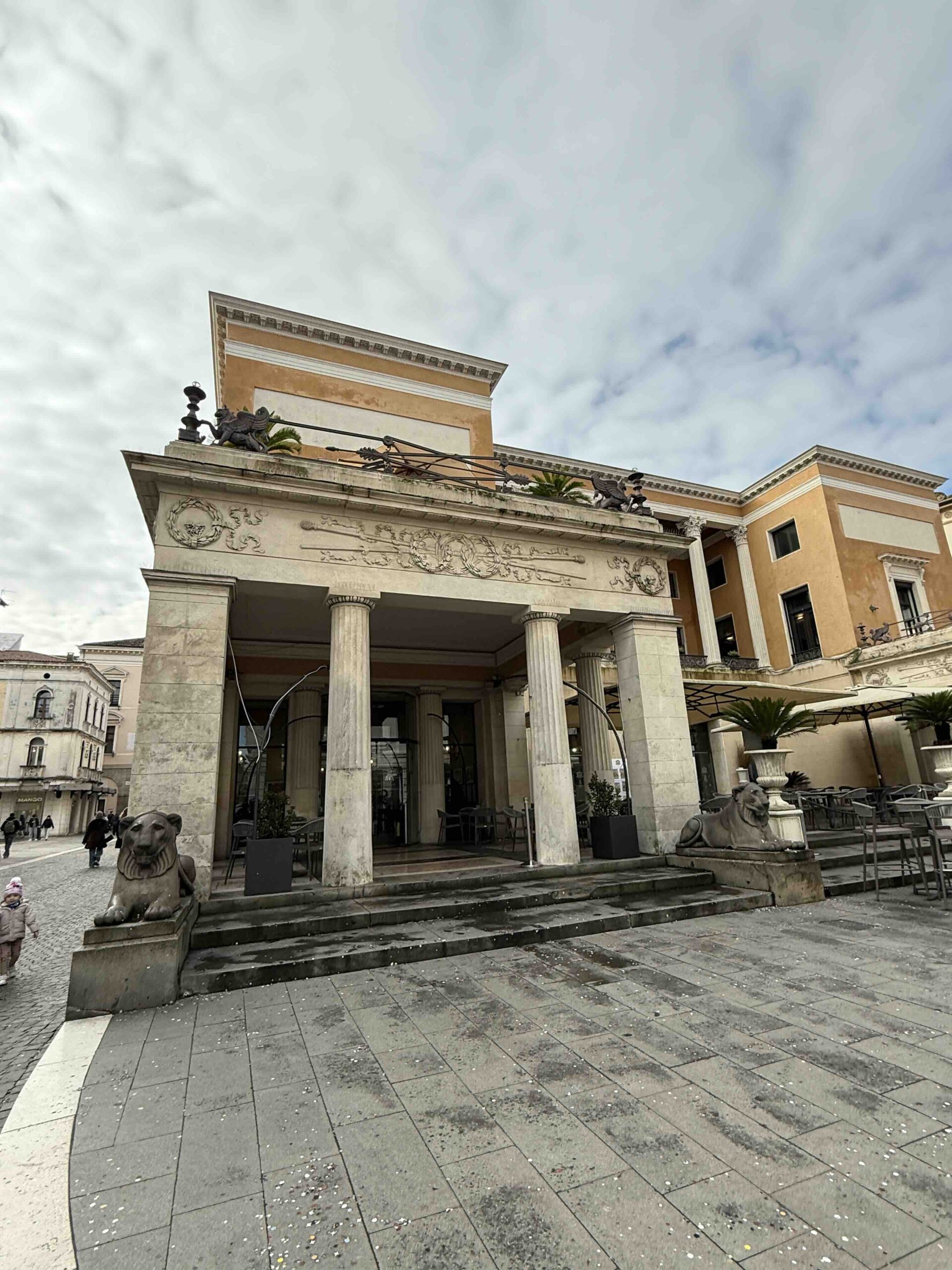
Caffè Pedrocchi is a historic gem in the heart of Padua, Italy. Known as the “Caffè without doors,” it has been an iconic meeting place since 1831. This elegant café boasts a blend of neoclassical and Renaissance architecture.
Inside, visitors are treated to a luxurious atmosphere, with its grand marble pillars and intricate details. Furthermore, Caffè Pedrocchi is famous for its signature Pedrocchi coffee.

This is a unique blend of mint and coffee that locals adore. They also serve a hot chocolate version. So whether you enjoy a coffee or simply soaking in the ambiance, this café is a must-visit in Padua. Perfect for anyone seeking history, culture, and a taste of Italian tradition.
Pedrocchi Café
In Detail:
Address: Via VIII Febbraio, 15, 35122 Padova PD, Italy
Hours:
Monday 8 AM–12 AM
Tuesday 8 AM–12 AM
Wednesday 8 AM–12 AM
Thursday 8 AM–12 AM
Friday 8 AM–1 AM
Saturday 8 AM–1 AM
Sunday 8 AM–12 AM
Strolling Through Padua’s Past: Scrovegni Chapel’s Giotto Frescoes
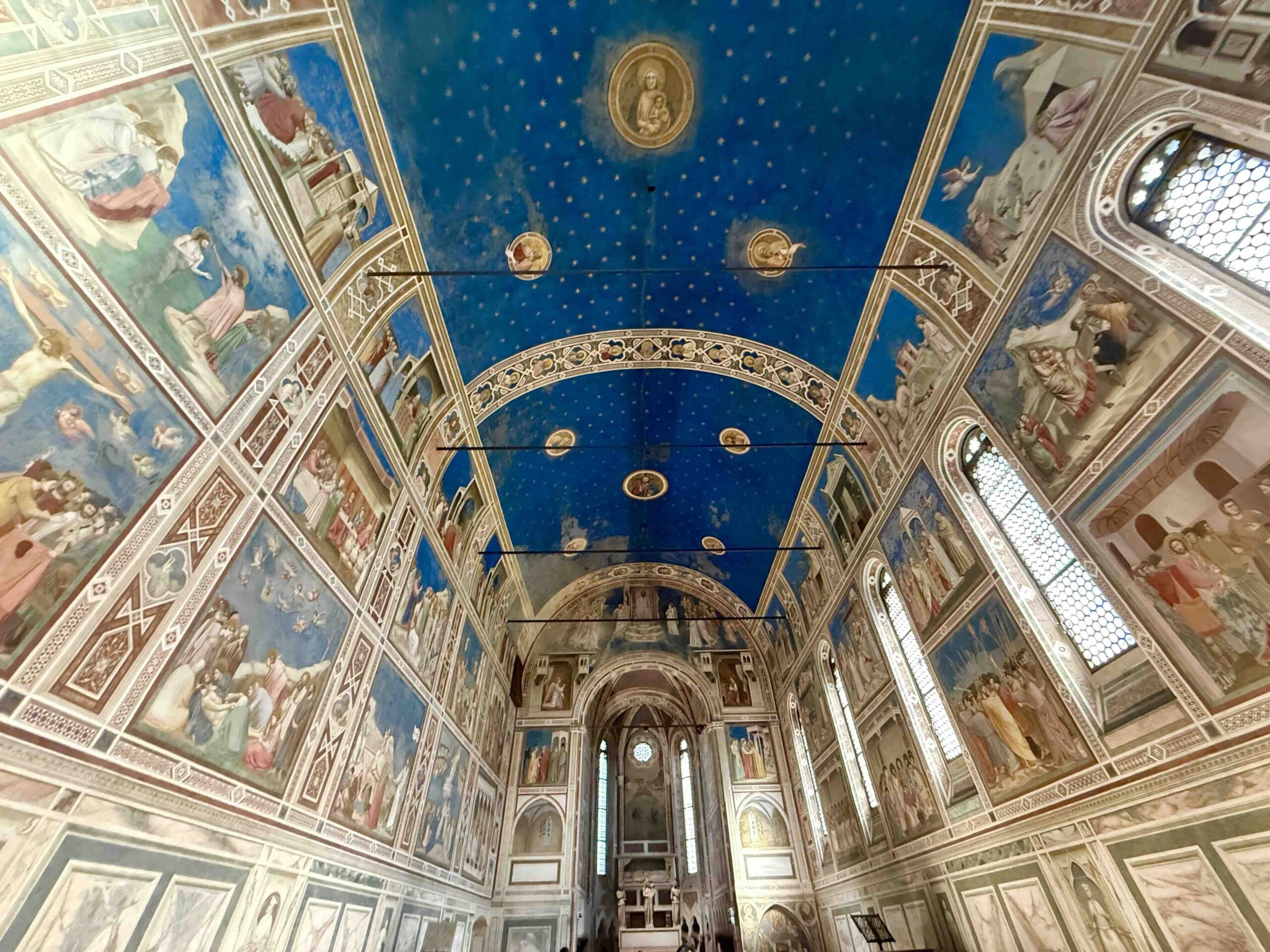
A visit to the Scrovegni Chapel in Padua, Italy, is an unforgettable encounter with art and history. Inside, Giotto’s frescoes transform the walls into a vivid biblical narrative, each scene more breathtaking than the last. The chapel’s walls are adorned with 38 panels that illustrate key moments from the life of Christ and the Virgin Mary.
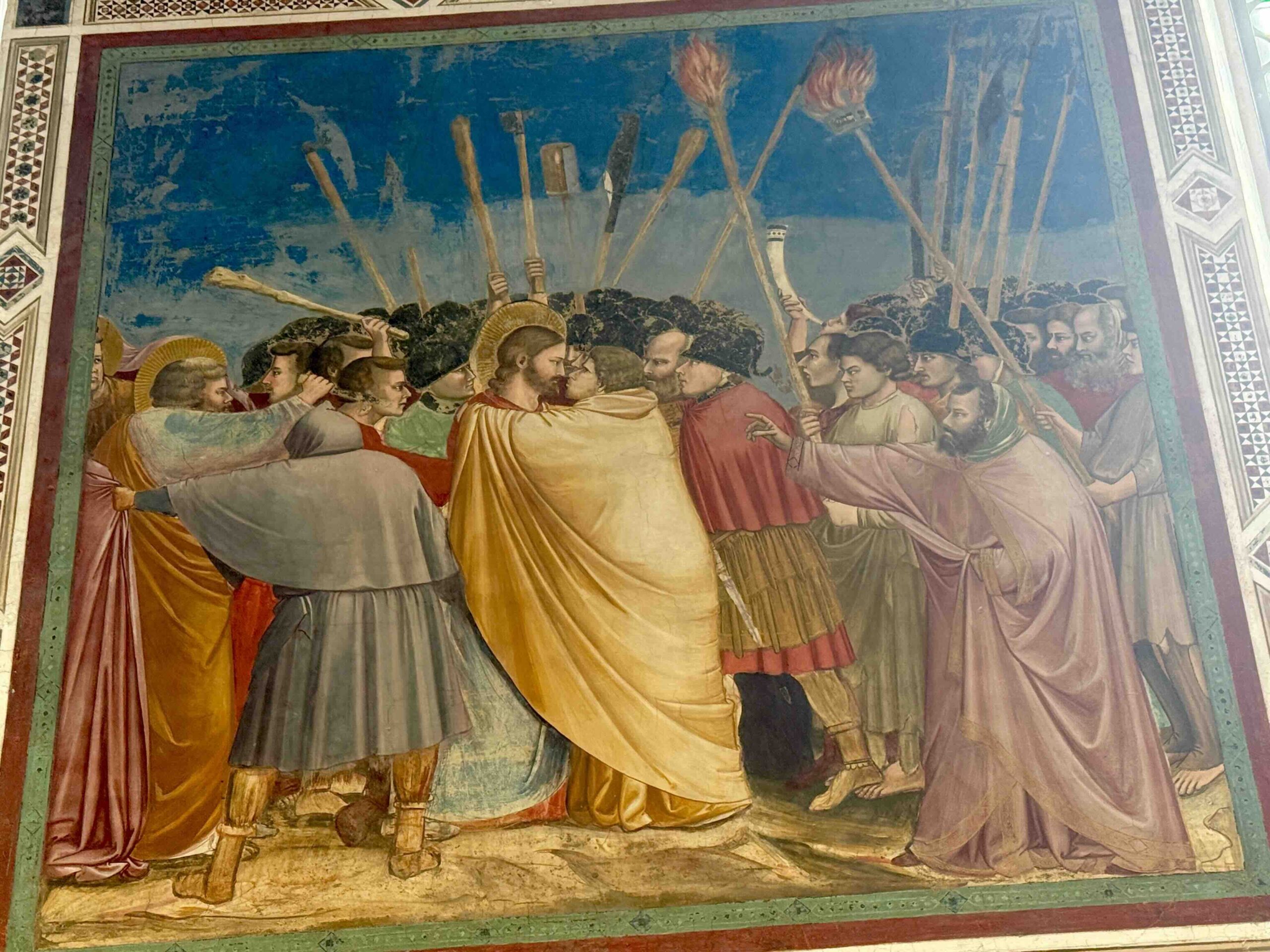
Capturing emotions with striking realism was groundbreaking at the time. The deep blues, vibrant reds, and golds come alive, drawing visitors into a world of divine stories. The figures, full of emotion and movement, are masterfully painted. Consequently, it is clear why Giotto is hailed as the father of Western painting.
The chapel, with its simple yet powerful design, creates an intimate space that amplifies the spiritual impact of the frescoes. Stepping into this sacred space feels like stepping into the heart of the Renaissance, where art, faith, and history beautifully converge.
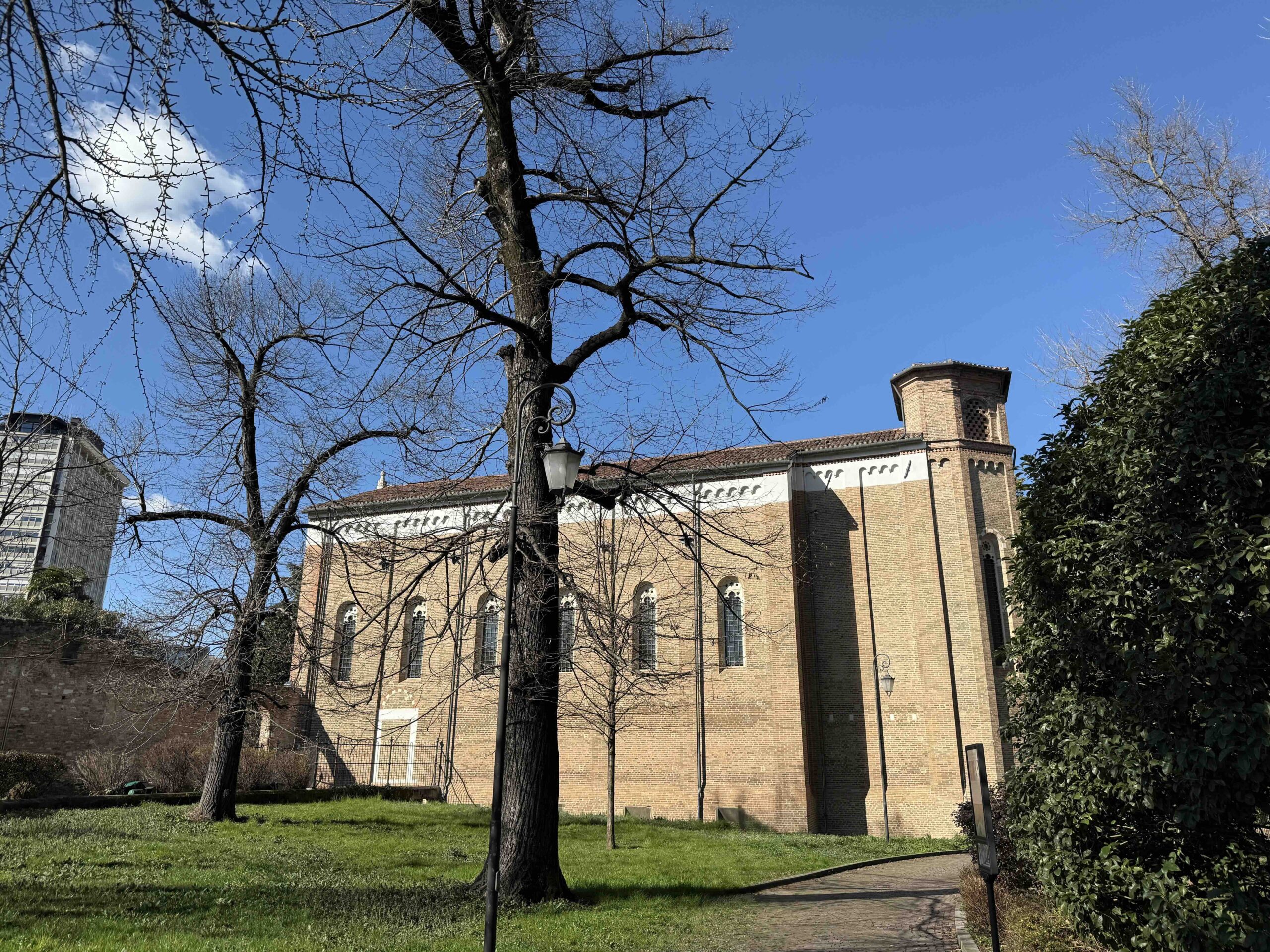
Scrovegni Chapel
In Detail:
Address: Piazza Eremitani, 8, 35121 Padova PD, Italy
Hours:
Monday 9 AM–7 PM
Tuesday 9 AM–7 PM
Wednesday 9 AM–7 PM
Thursday 9 AM–7 PM
Friday 9 AM–7 PM
Saturday 9 AM–7 PM
Sunday 9 AM–7 PM
Strolling Through Padua’s Past: Italian synagogue and Jewish Heritage Museum of Padua
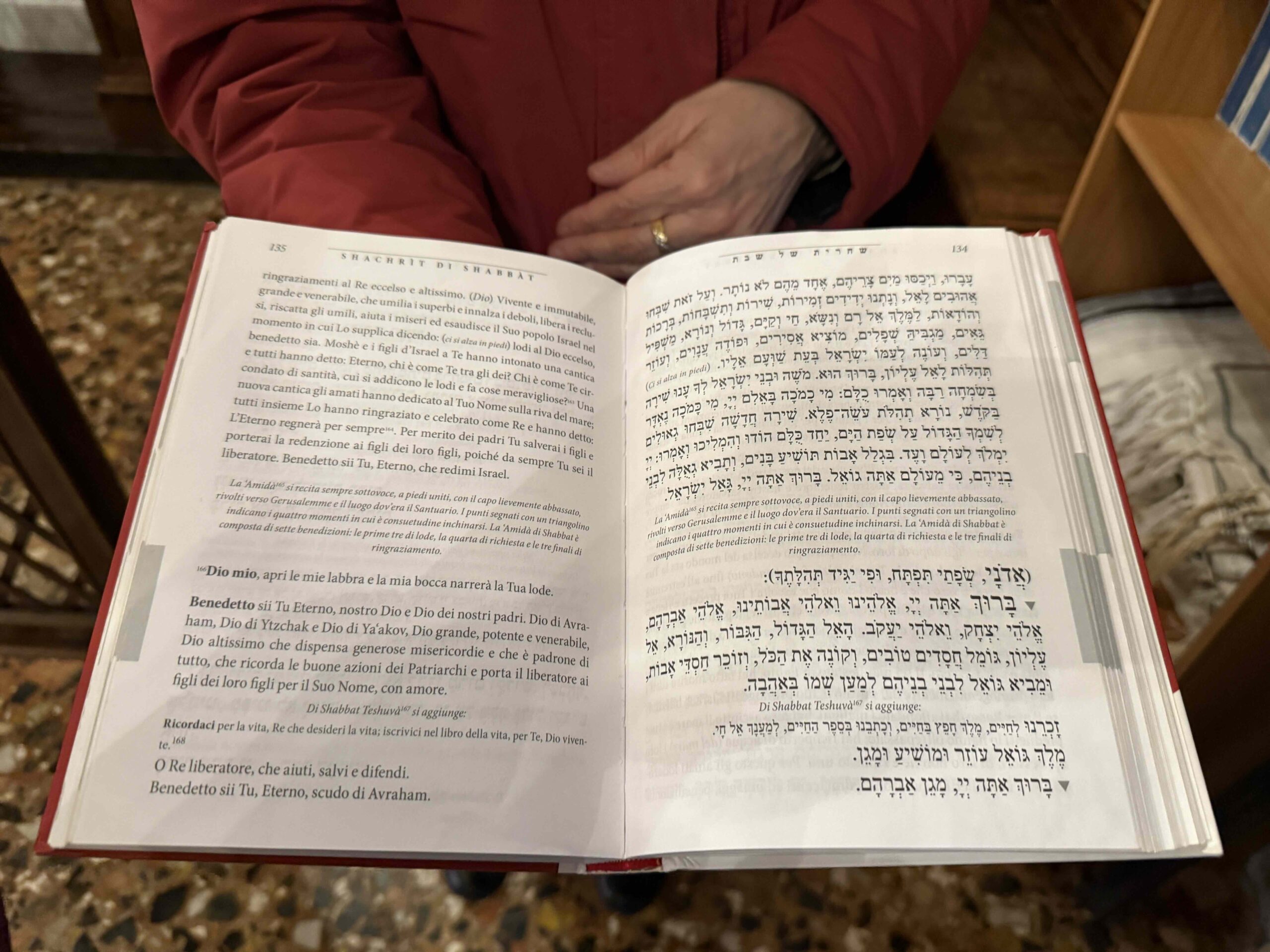
Padua’s Jewish Ghetto offers a fascinating look into the city’s rich Jewish history. Firstly, the synagogue’s architecture is a stunning blend of elegance and tradition. Built in the early 16th century, it features a striking yet simple exterior, with large, arched windows that allow natural light to pour in. Inside, the synagogue reveals its true beauty. The high, vaulted ceiling is adorned with intricate, geometric designs, while the walls are painted in soft, warm tones.
The Ark, where the Torah scrolls are kept, is beautifully crafted, with rich woodwork and delicate carvings. The wooden pews line the sides of the synagogue, offering a sense of harmony and order.
Throughout the space, decorative elements like intricate stucco work and painted motifs reflect both Renaissance and Jewish artistic traditions, creating an atmosphere of reverence and tranquility. Consequently, the synagogue’s design is inviting and spiritually uplifting, providing a peaceful place for reflection and worship.
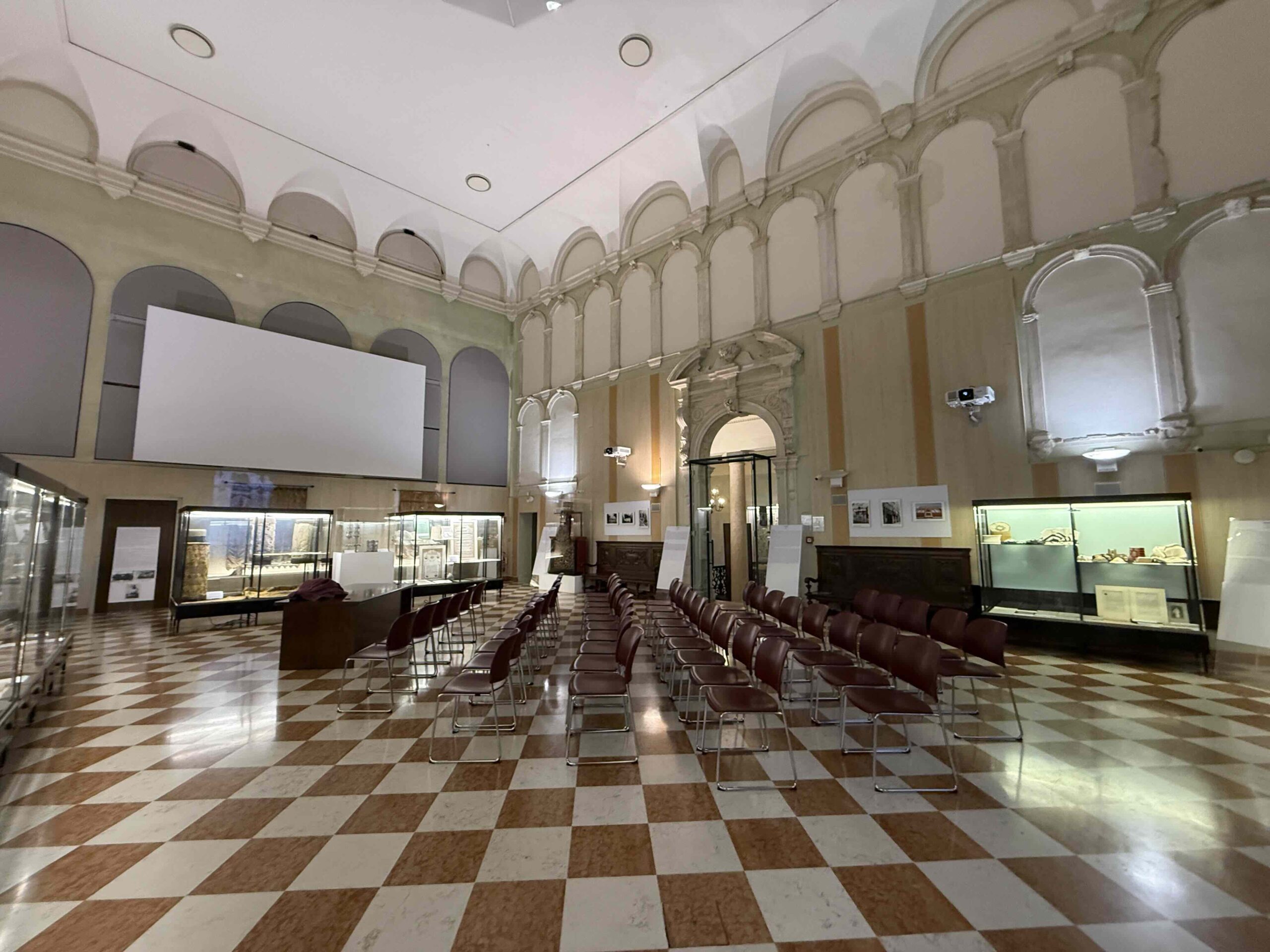
Secondly, the Jewish Heritage Museum takes you through centuries of cultural and religious significance. Here, you’ll discover artifacts, manuscripts, and displays highlighting the Jewish community’s contributions to Padua’s development. Moreover, the museum provides insight into the lives of Jewish people during different historical periods. Altogether, the visit is an enlightening experience, offering a unique perspective on Padua’s diverse heritage.
Italian Synagogue Padua, Italy
In Detail:
Contact the link above to arrange a tour.
The Jewish Heritage Museum of Padua
In Detail:
Address: Via delle Piazze, 26, 35122 Padova PD, Italy
Phone: +39 049 661267
Hours:
Friday Closed
Saturday Closed
Sunday 10 AM–6 PM
Monday 10 AM–5 PM
Hours might differ
Tuesday Closed
Wednesday Closed
Thursday 10 AM–5 PM
Bepi Gelato
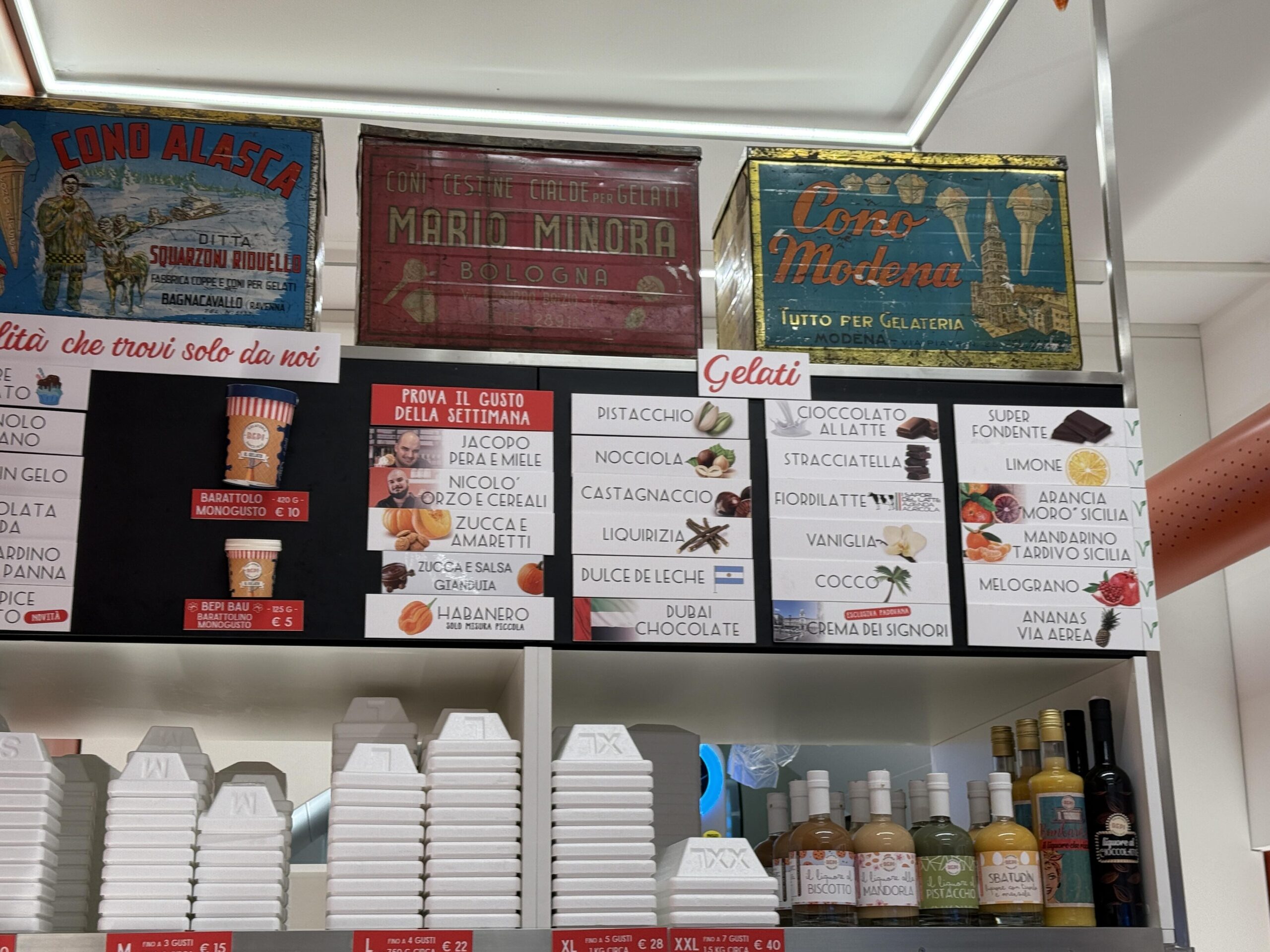
Obviously, there has to be gelato because this is Italy, after all. This delicious stop dates back to 1967, making it a beloved institution in Padua. Founded by Giuseppe “Bepi” Colle, the shop began with a simple passion for creating high-quality, handcrafted gelato. Moreover, Bepi is known for its rich, creamy textures and bold flavors. Furthermore, it offers a wide variety of options made from fresh, high-quality ingredients.
The shop features traditional flavors like pistachio, stracciatella, and chocolate. Additionally, for more adventurous palates, check out their unique offerings like licorice, fig, or tiramisu. Over the decades, the shop has become a favorite spot for locals and tourists. Customers return for the consistently exceptional flavors and the warm, welcoming atmosphere. With its deep roots in Padua’s food culture, Bepi Gelato is not just a place to enjoy a treat—it’s a part of the city’s culinary heritage.
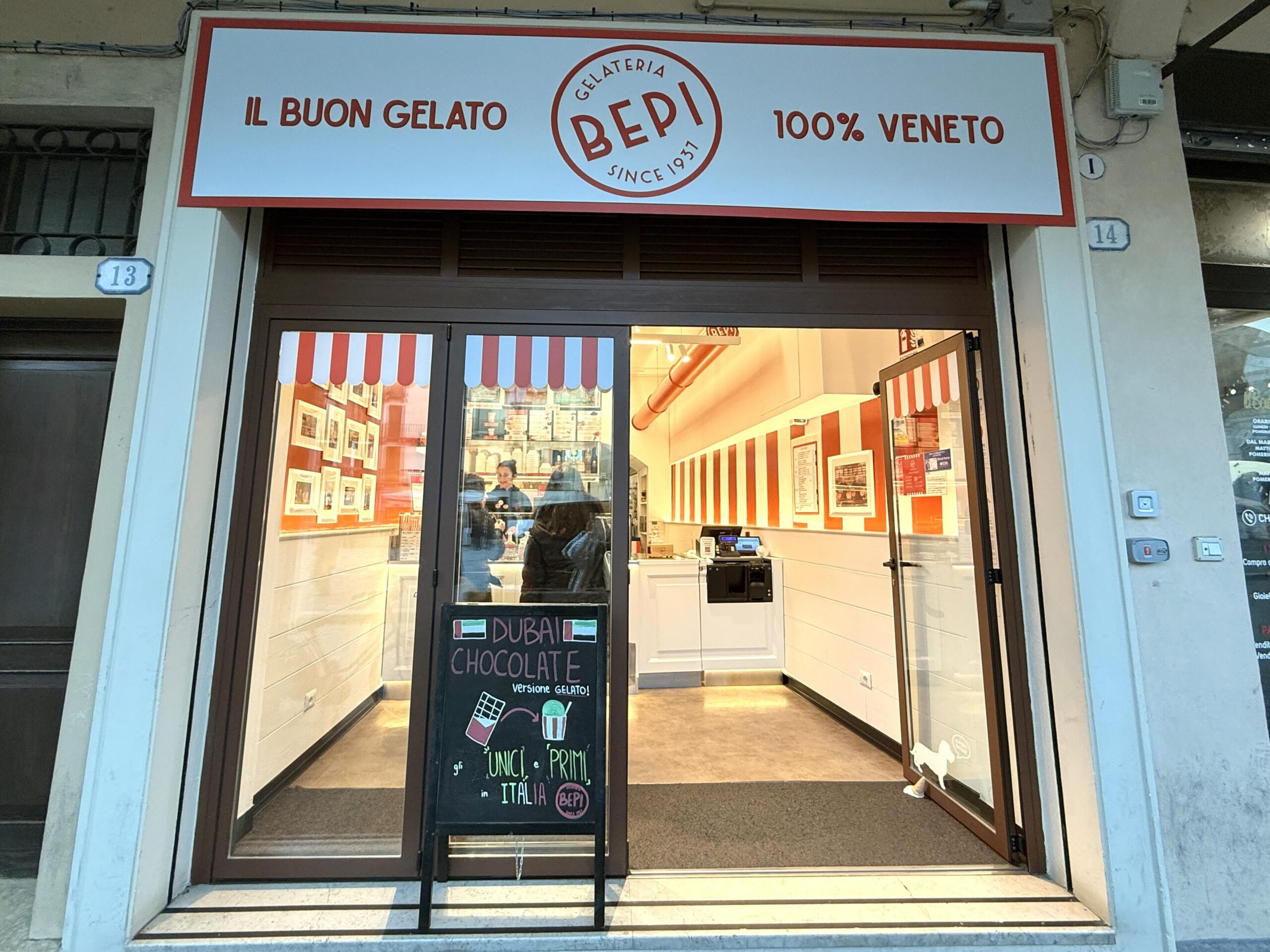
Gelateria Bepi
In Detail:
Address: Via Madonna della Salute
Phone: +39 392 055 5135
Hours:
Monday – Thursday: 15:30 – 23:00
Friday & Saturday: 15:30 – 24:00
Sunday: 11:00 – 23:00
Palazzo Della Ragione
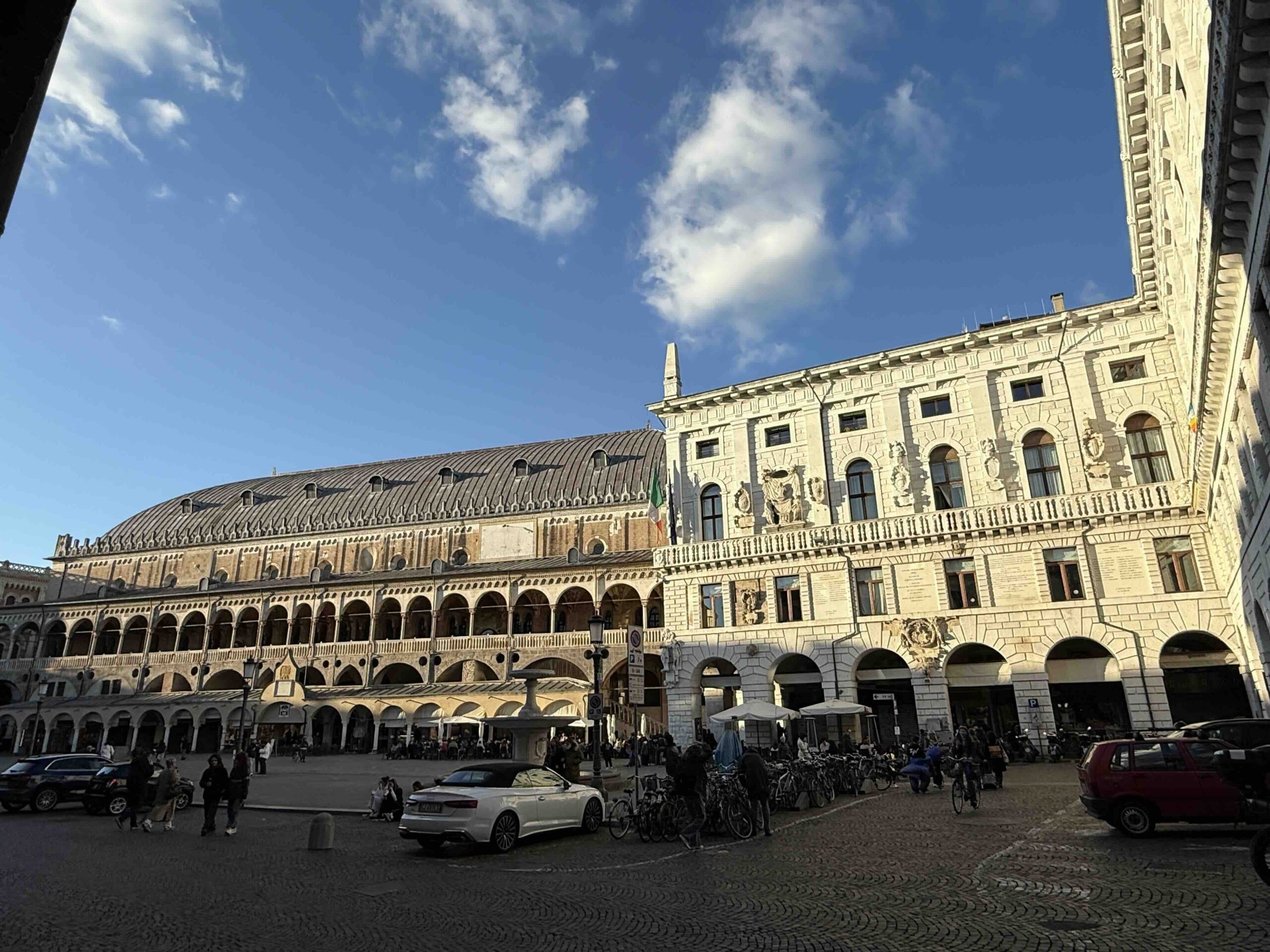
An impressive medieval architecture, this large, open space inside once served as a market and a courtroom. The vast wooden roof, shaped like an upside-down ship’s hull, is a true architectural marvel. Additionally, beautiful frescoes decorate the walls, telling stories from the city’s rich history. Furthermore, a stunning astronomical clock in the main hall adds to the historical ambiance. Also, check out the beautiful wooden horse that dates back to 1446.
Secondly, the vibrant halls beneath have hosted the city’s market for 800 years. While the grand upper hall was once used for law and civic meetings, the ground floor has always served as a bustling marketplace. Today, the space still retains its lively, historic charm. Stalls filled with fresh local produce, meats, and cheeses. These regional delights give visitors a taste of Padua’s culinary heritage. Consequently, the market is a vibrant blend of the old and the new, with locals and tourists coming to shop and soak in the atmosphere.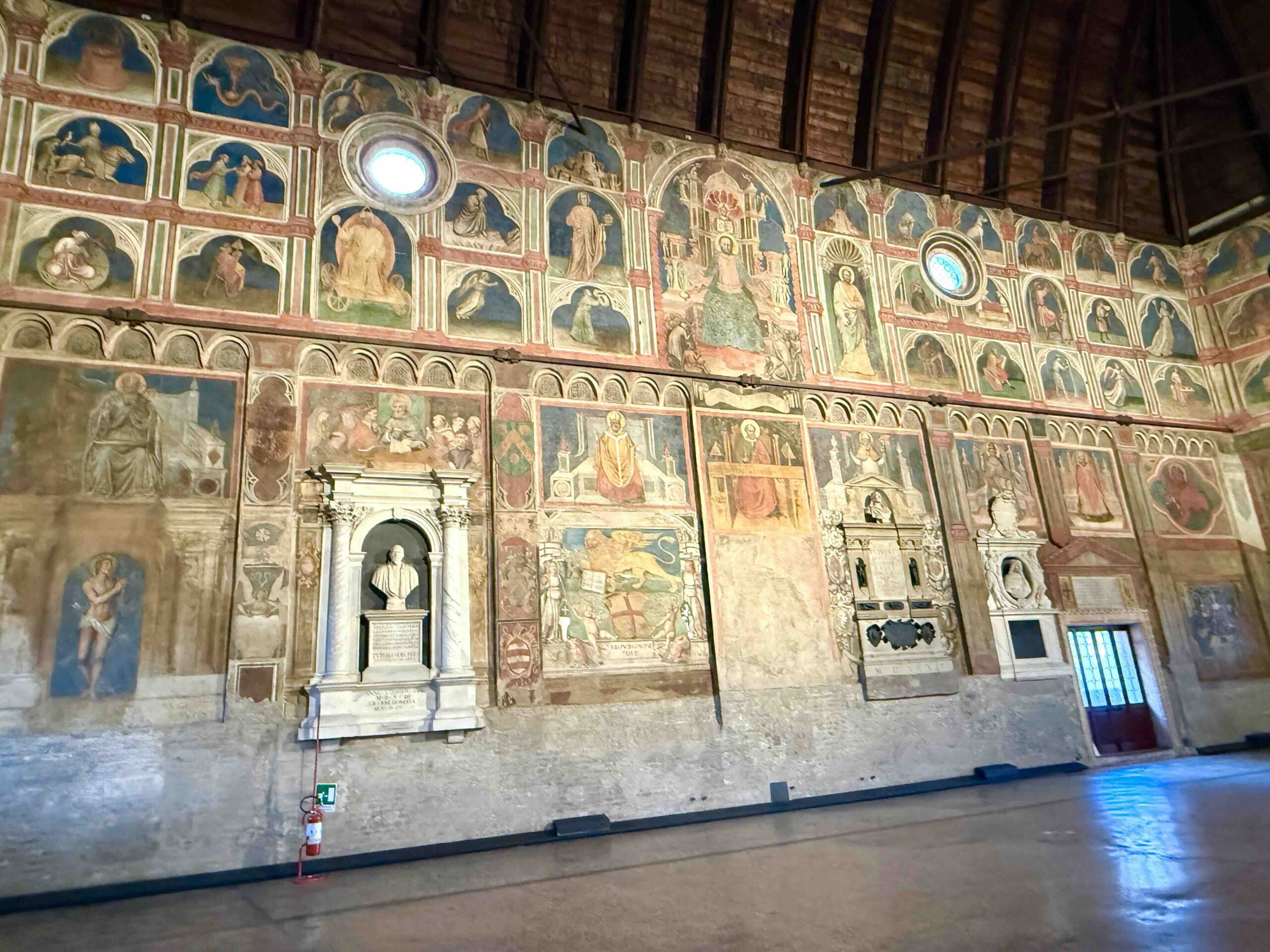
As you wander through, you can feel the centuries of commerce and trade that have taken place in this space. This market is a must-see for food lovers. Accordingly, it offers a unique glimpse into Padua’s rich traditions and lively present.
Palazzo Della Ragione
In Detail:
Address: Piazza delle Erbe, 35100 Padova PD, Ital
Phone: +39 049 820 5006
Hours:
Saturday 9 AM–6:30 PM
Sunday 9 AM–6:30 PM
Monday Closed
Tuesday 9 AM–6:30 PM
Wednesday 9 AM–6:30 PM
Thursday 9 AM–6:30 PM
Friday 9 AM–6:30 PM
So, as shown above, Strolling through Padua’s Past offers a rich tapestry of history, art, and vibrant culture. From its world-renowned frescoes to its ancient university, and everything in between makes it a compelling destination for any Italy itinerary. For this reason, I highly recommend a visit. Of course, it’s an easy day trip from Venice. However, while it may be true that you can cover a lot of ground in Padua in one day, if you have time, stay for two. With this in mind, you can take the time to explore the city at length. For example, checking out the fascinating university. This is the second oldest one in Europe. And, of course, coupled with fantastic restaurants and shops to discover, this experience can only be better. Unquestionably, Padua is certainly worth both a first and a second look. So put this historical gem on your list.

